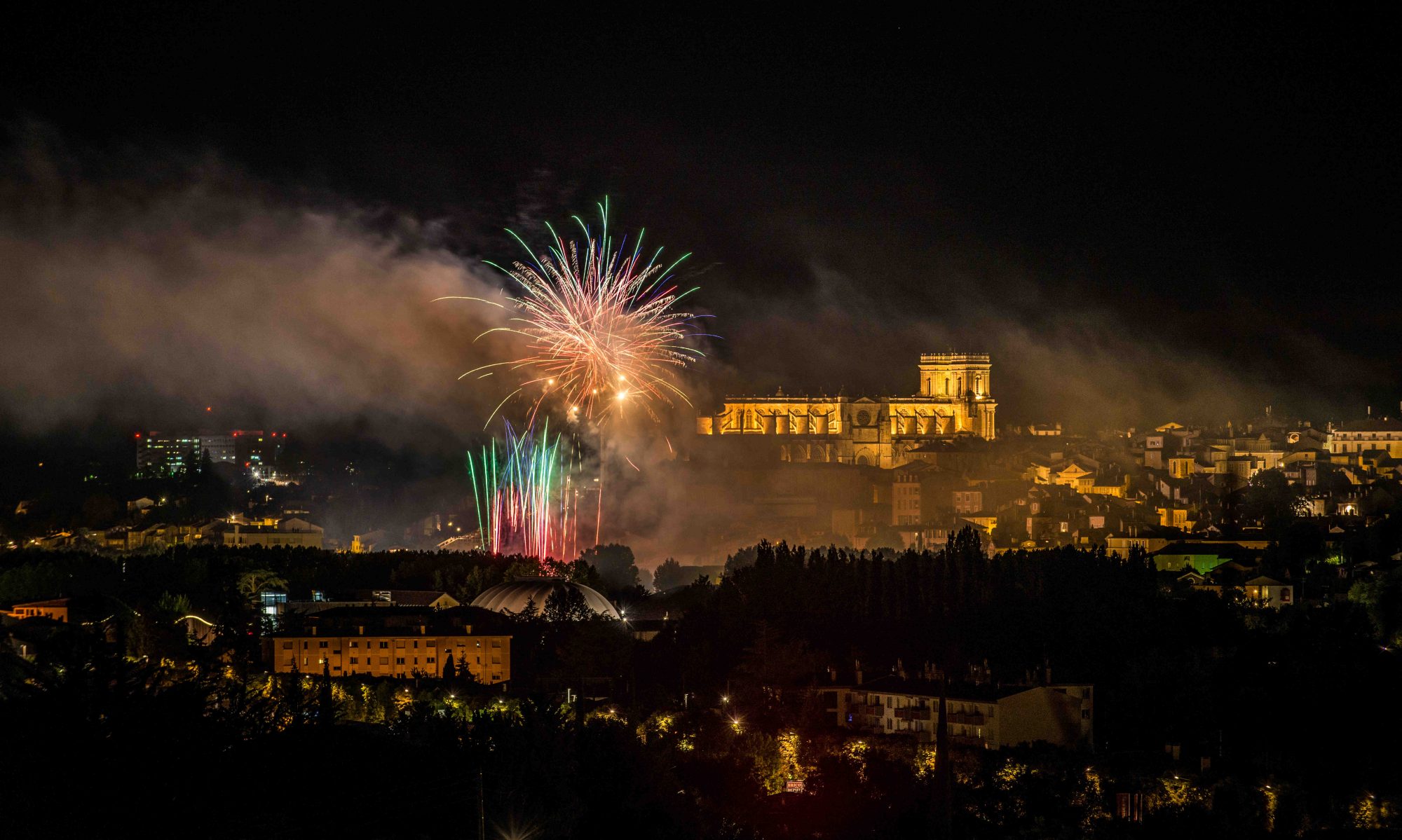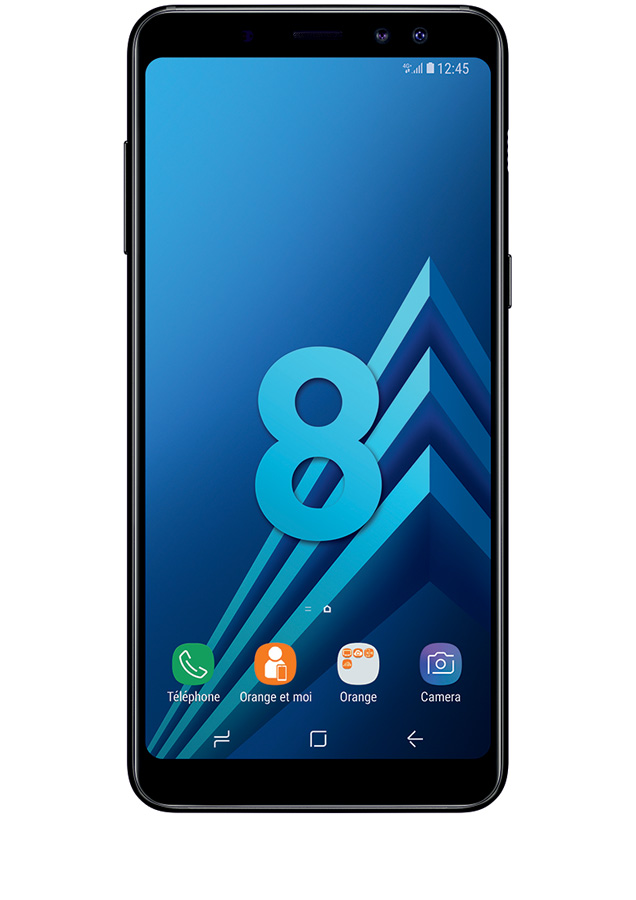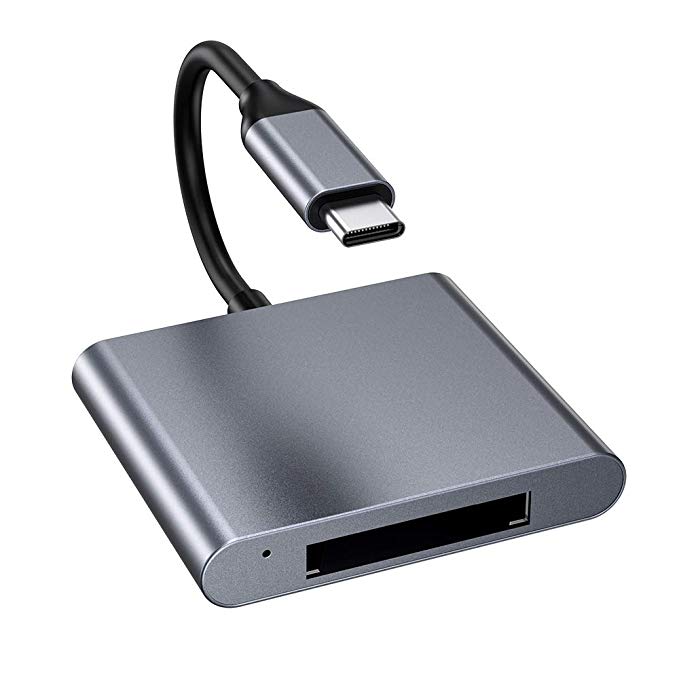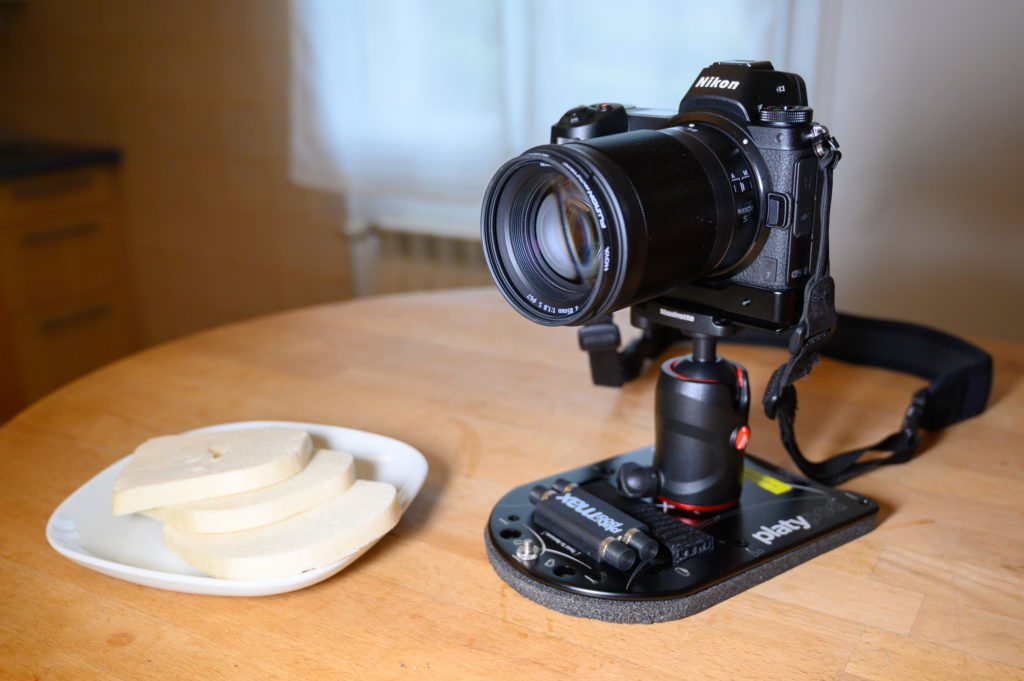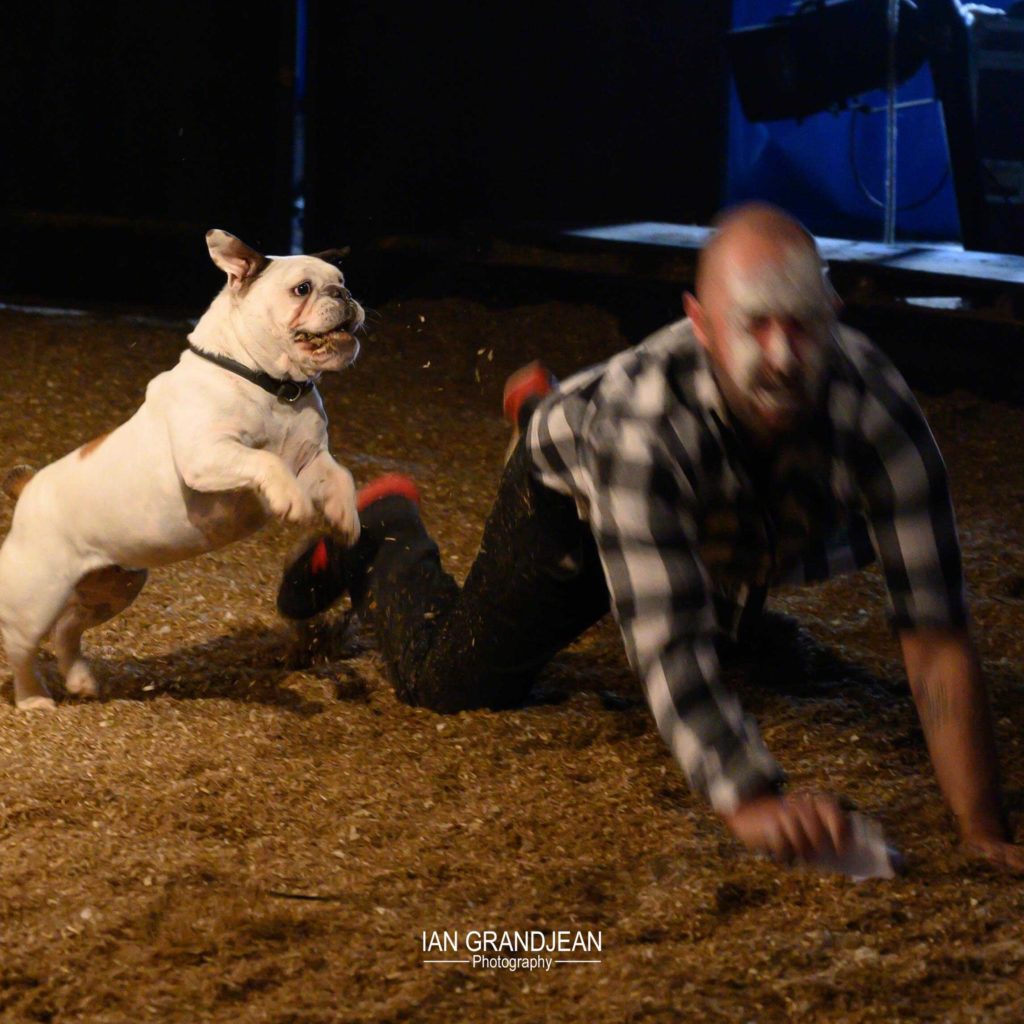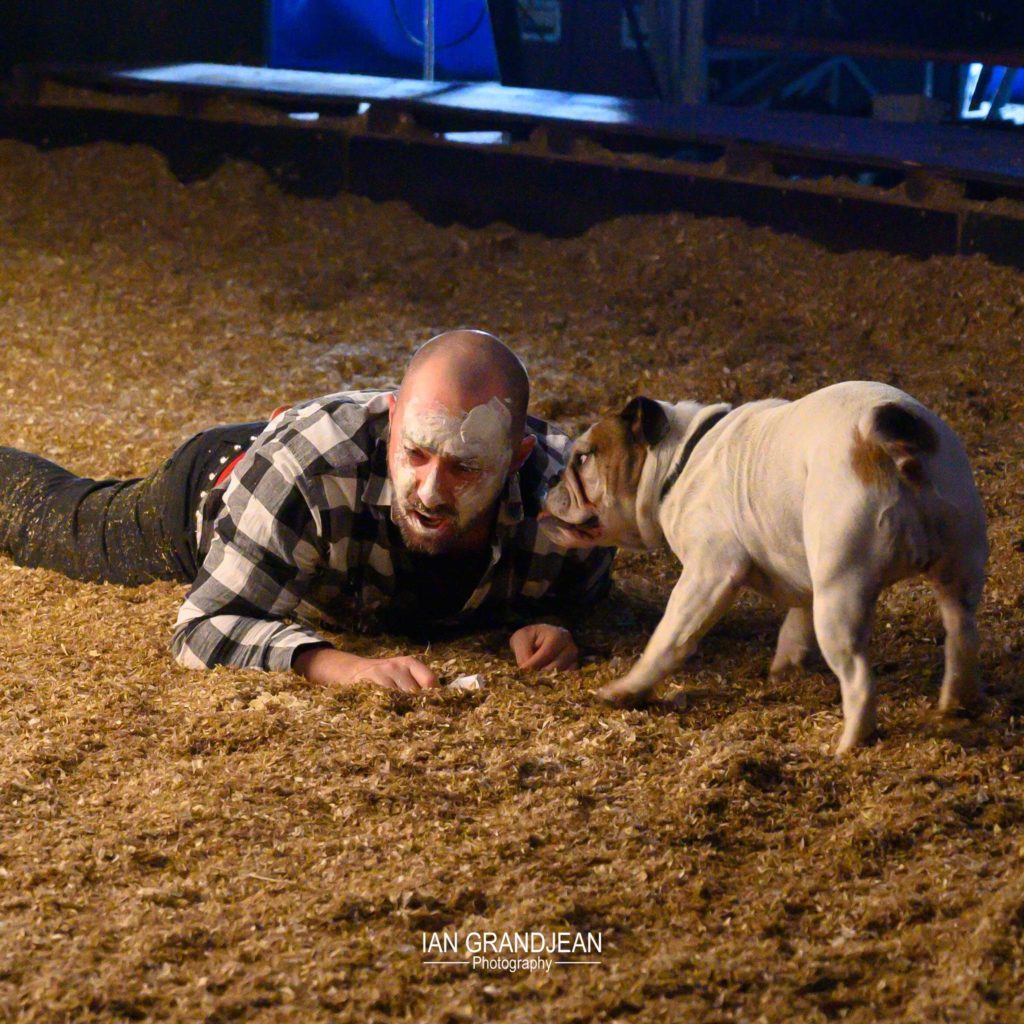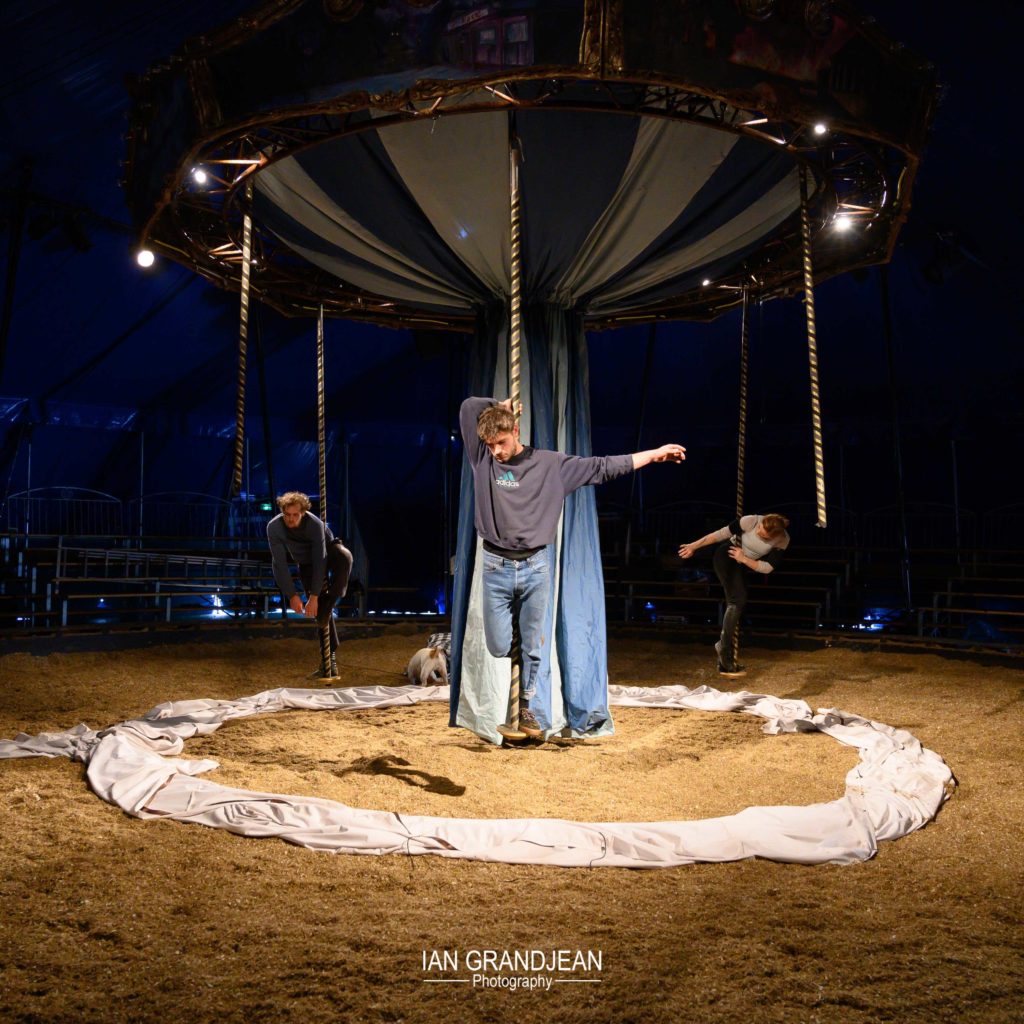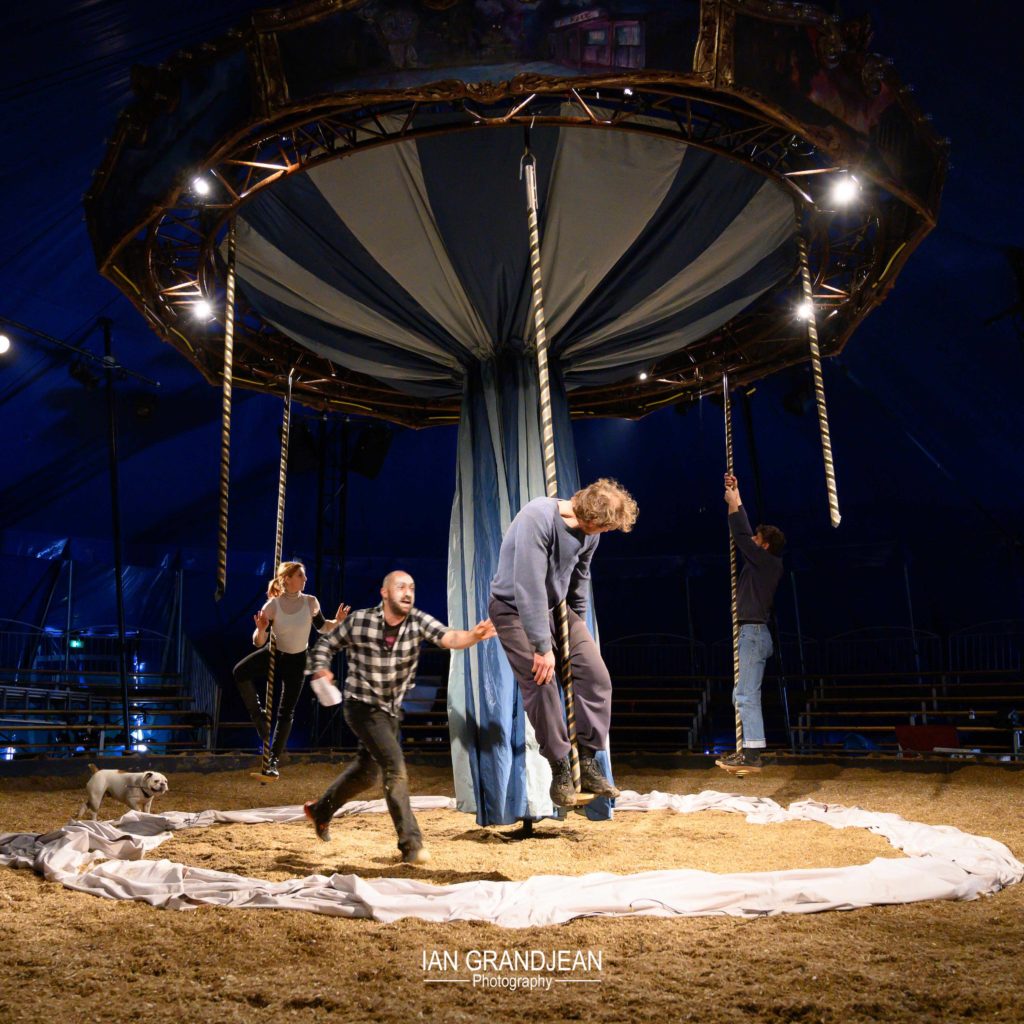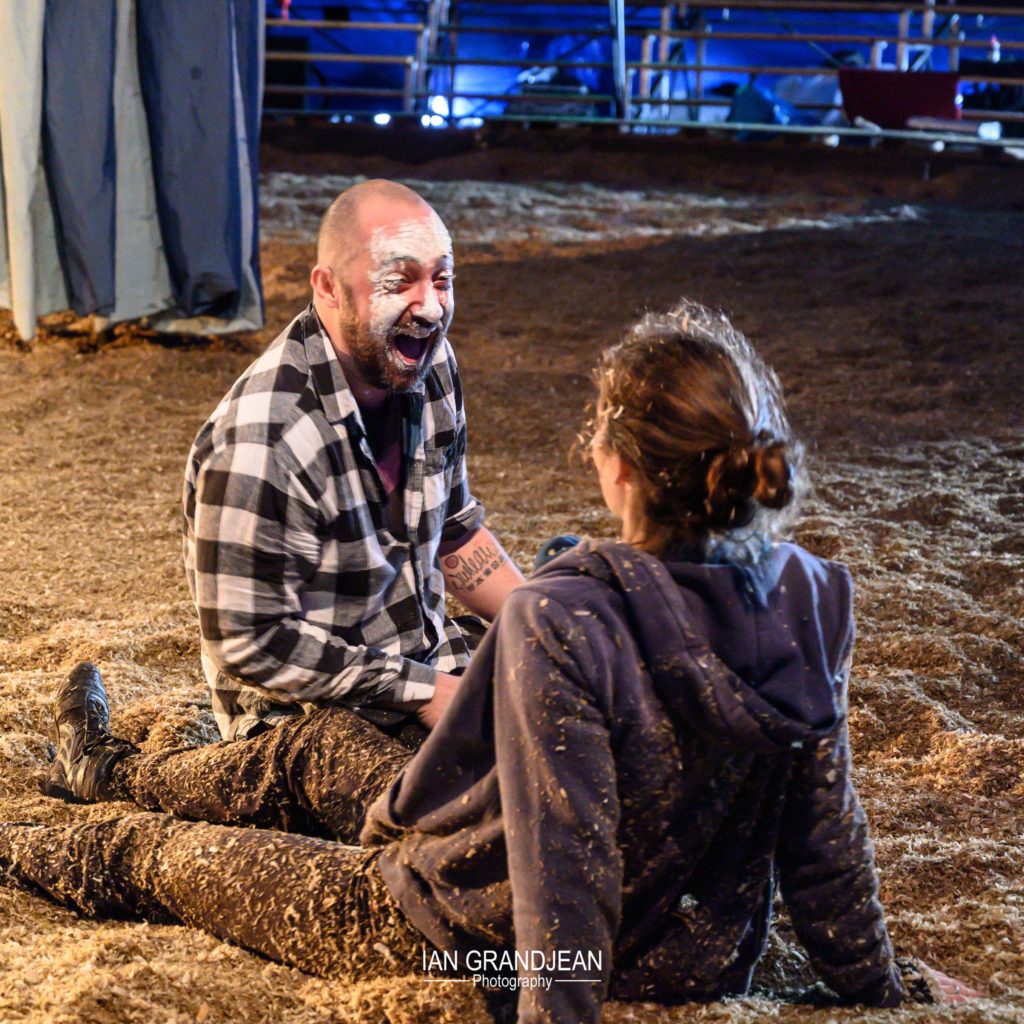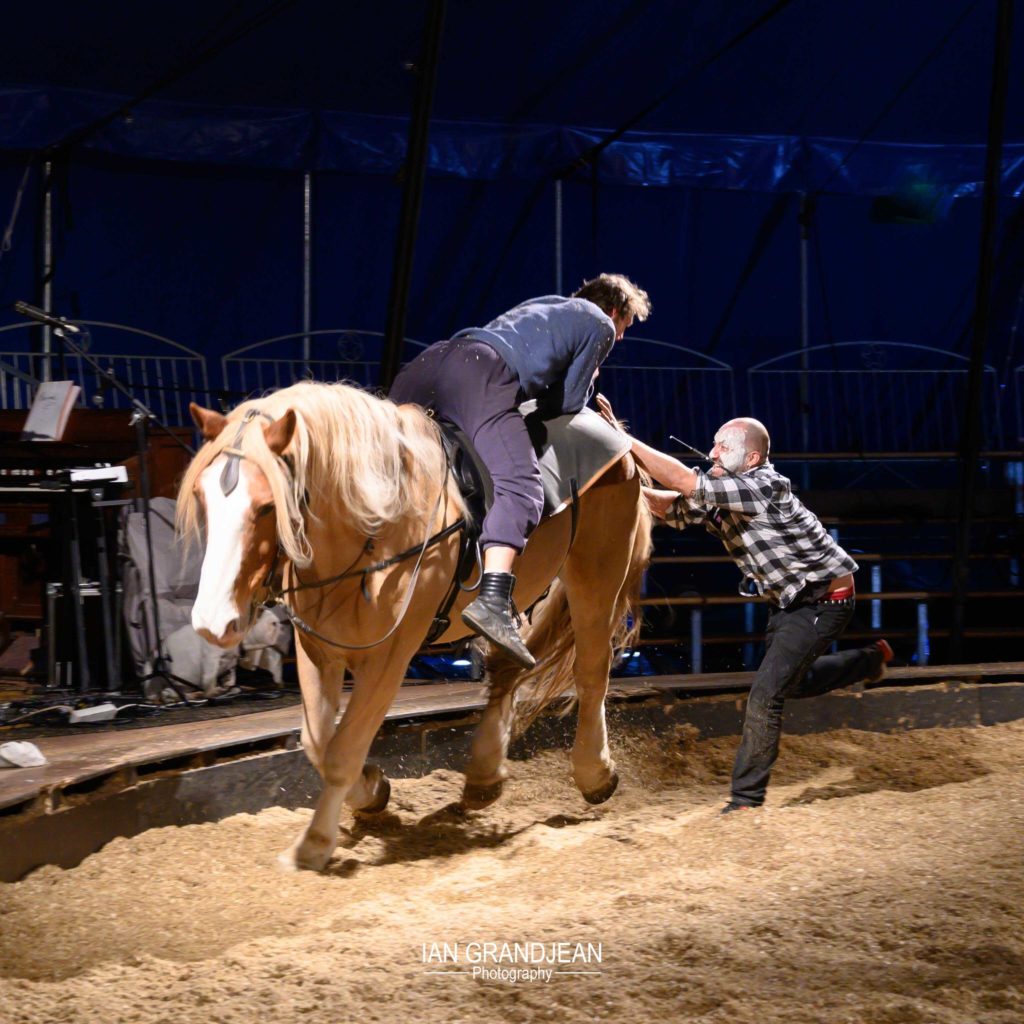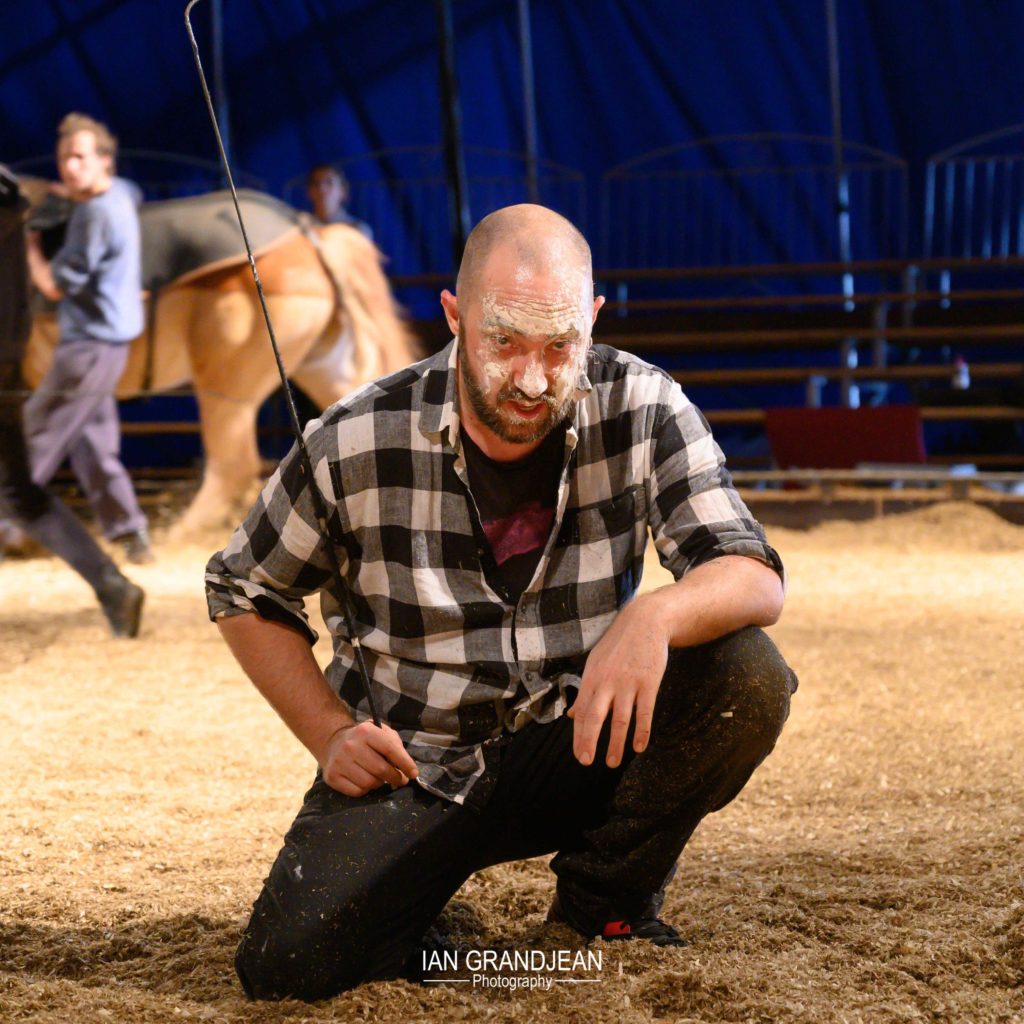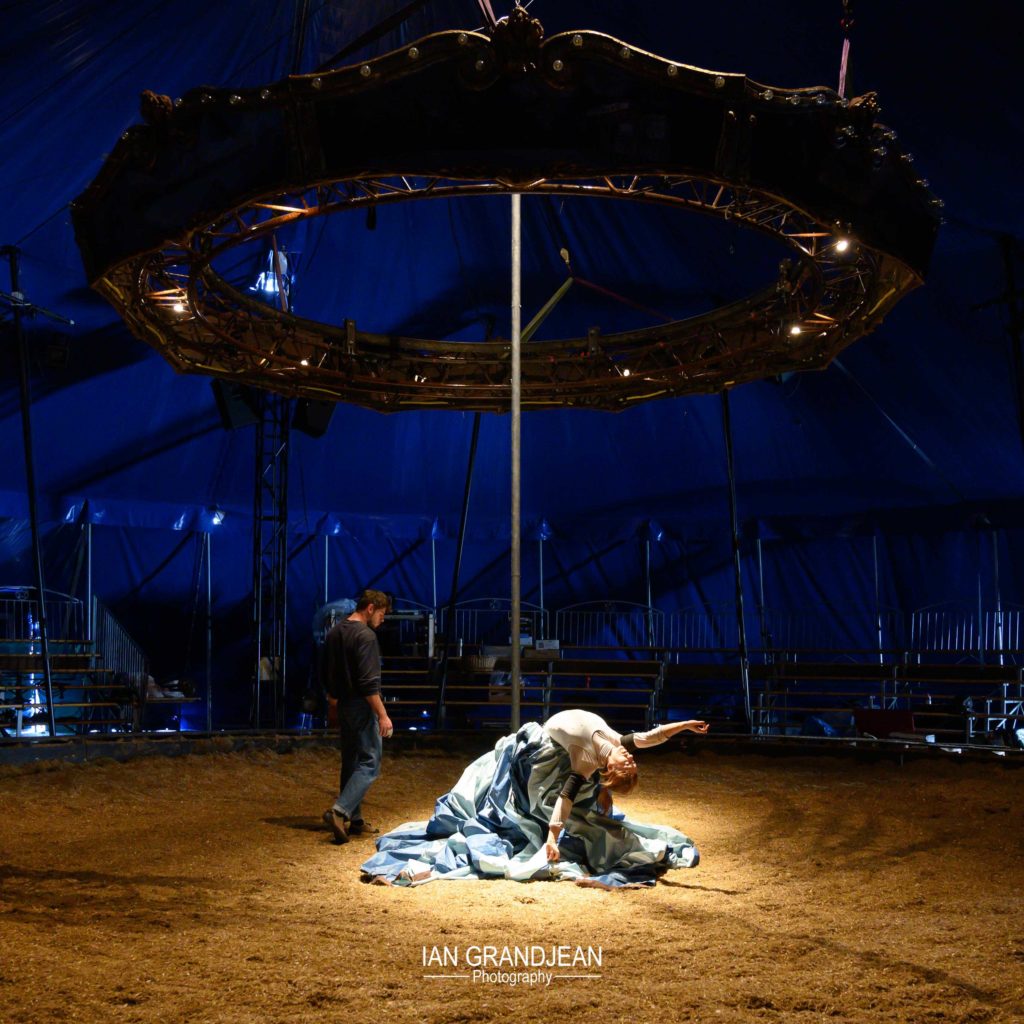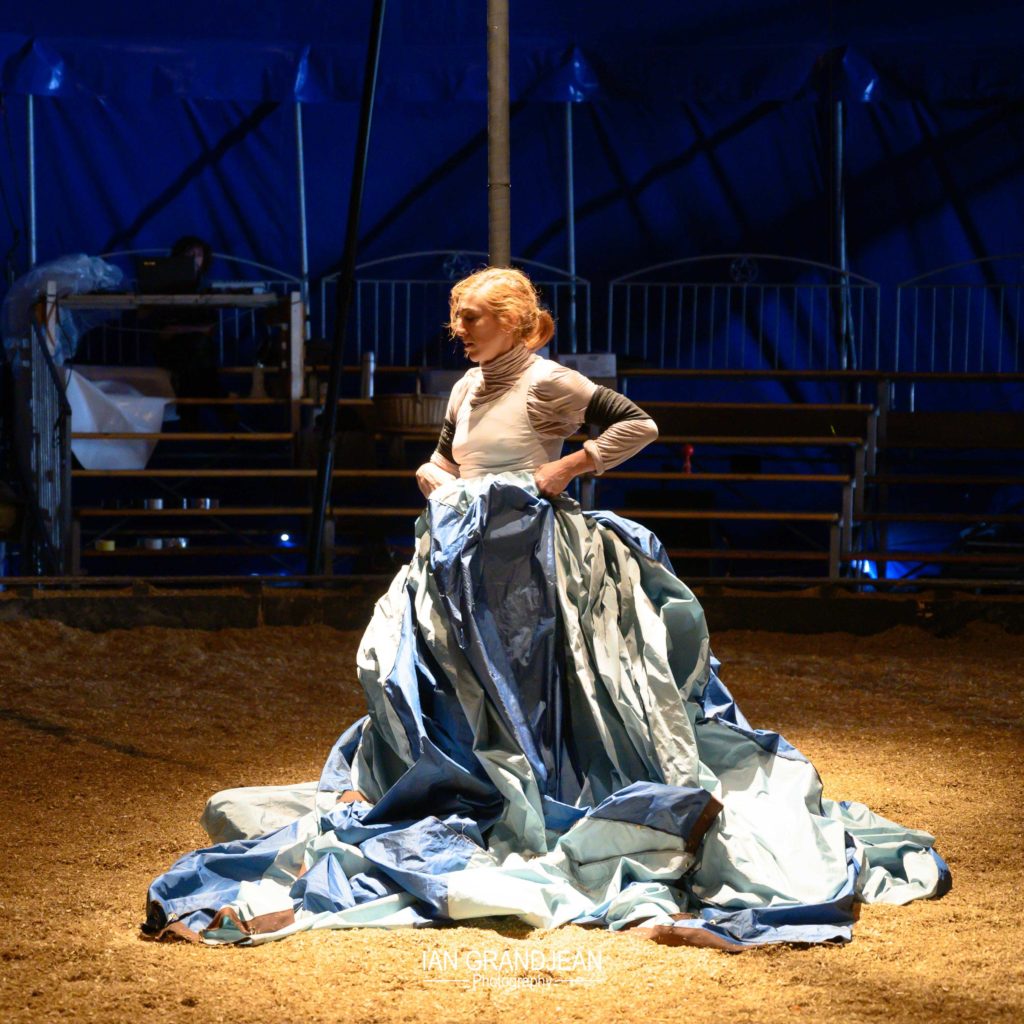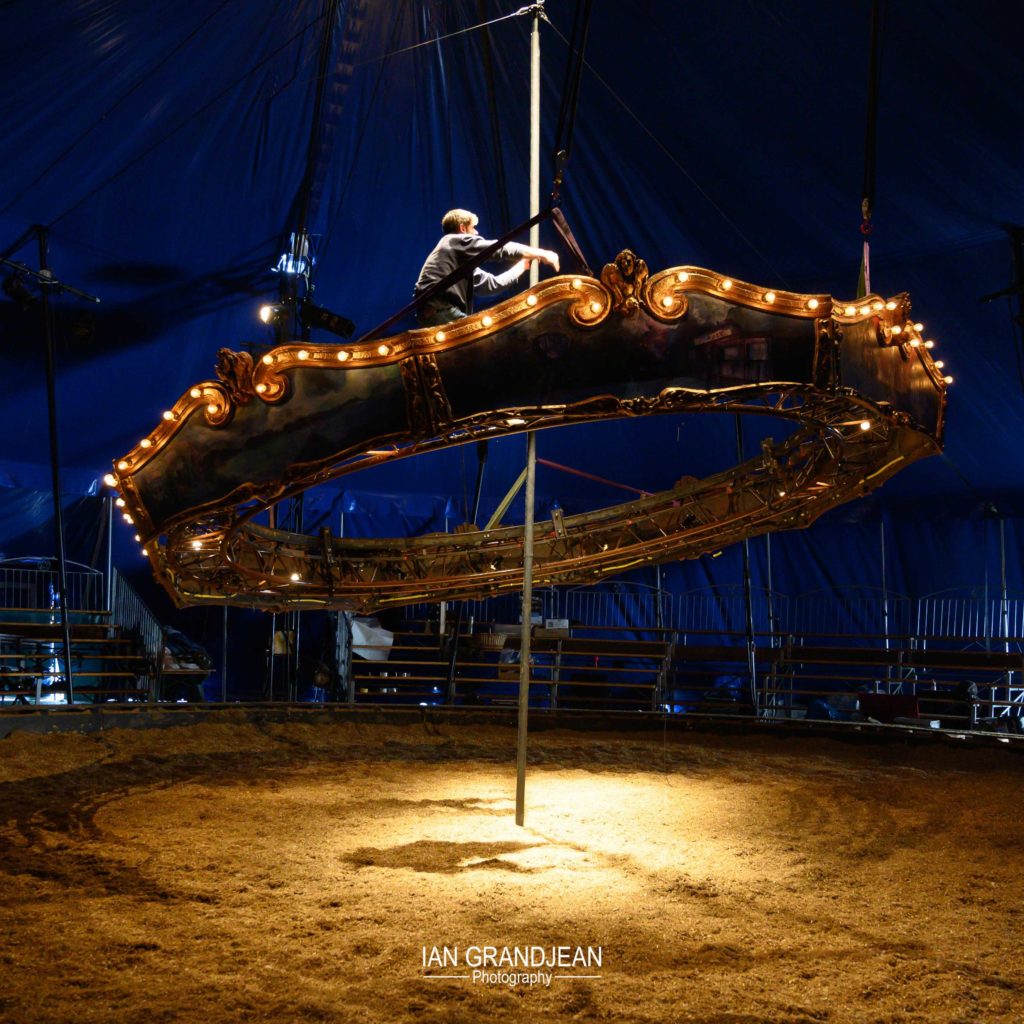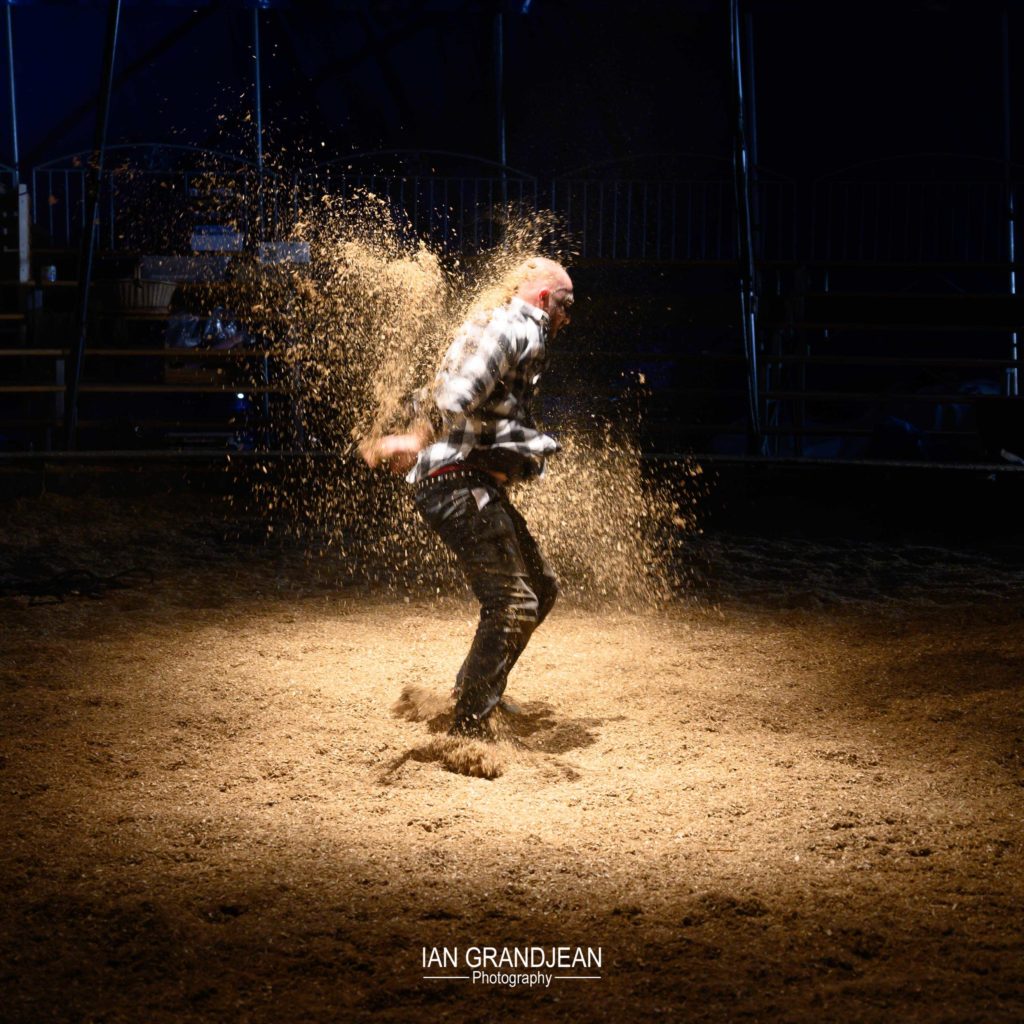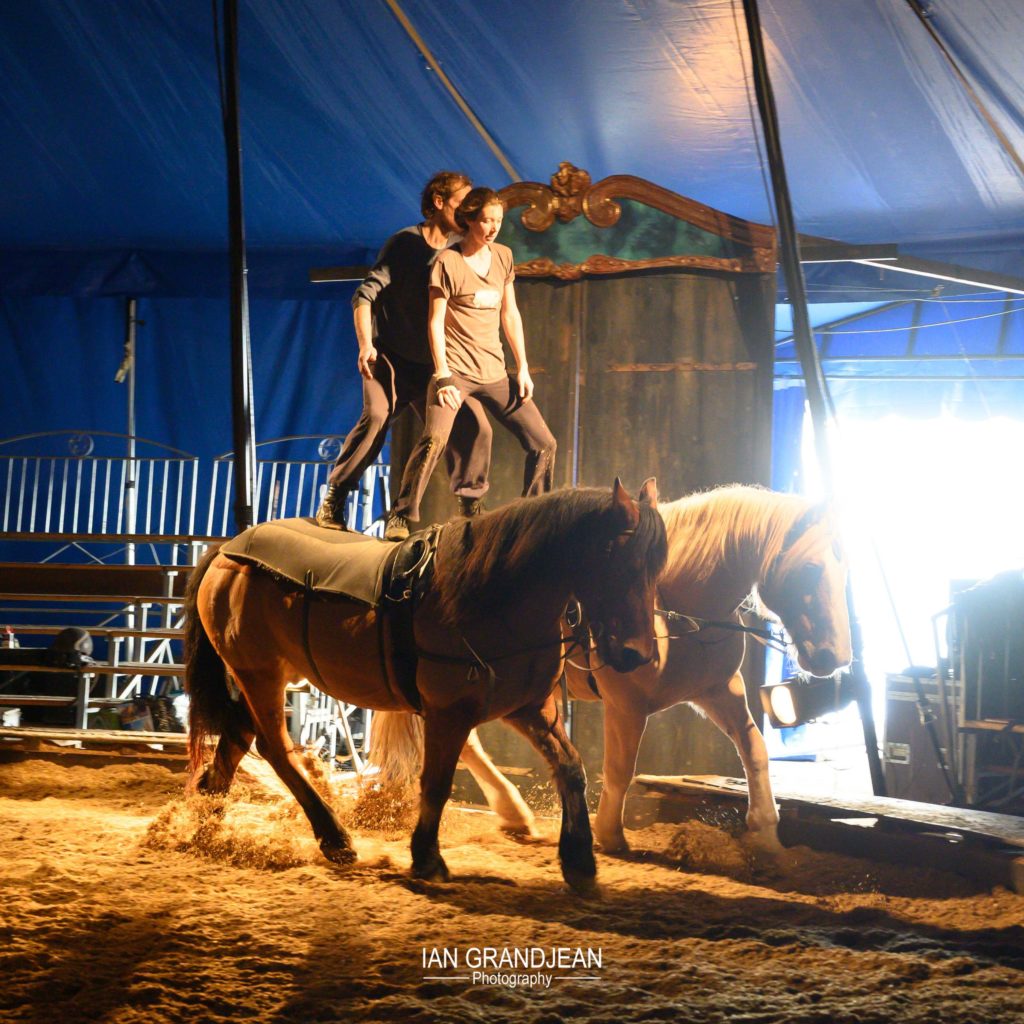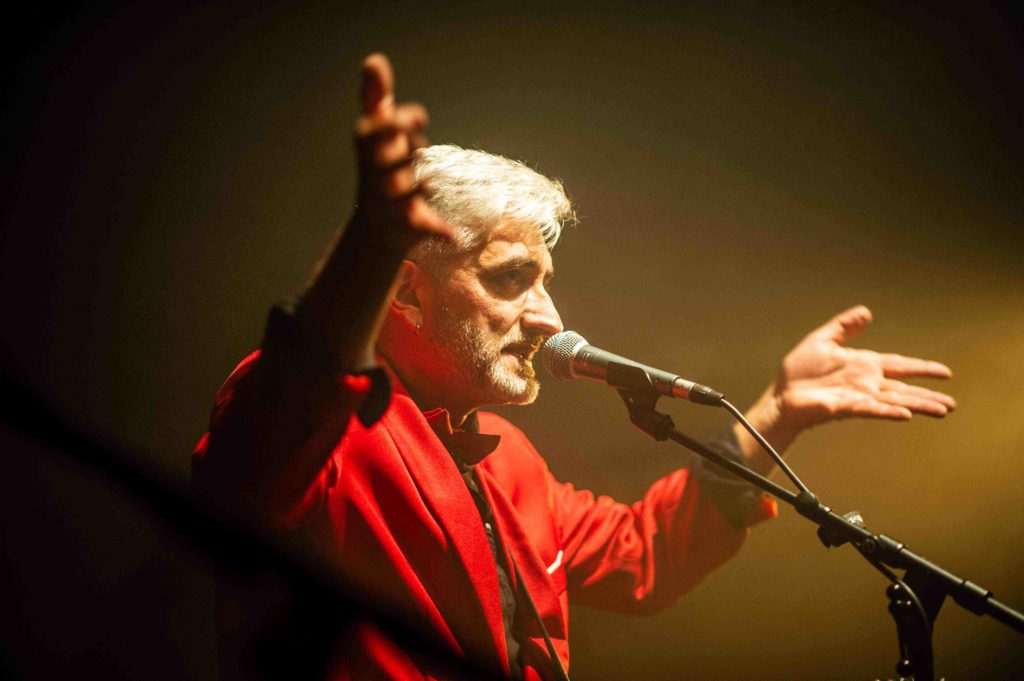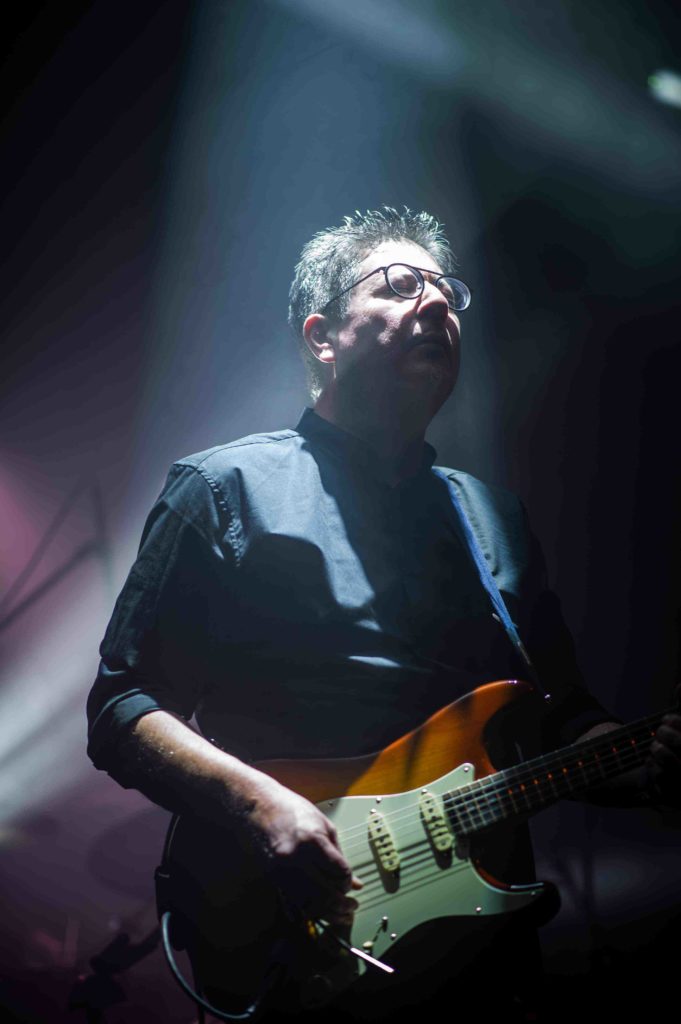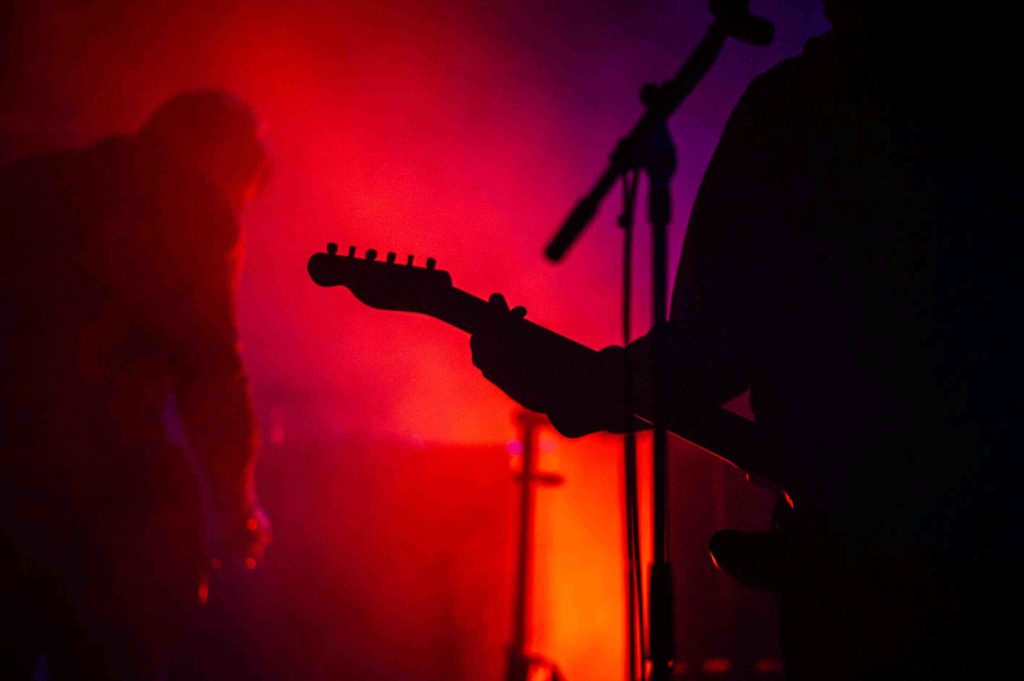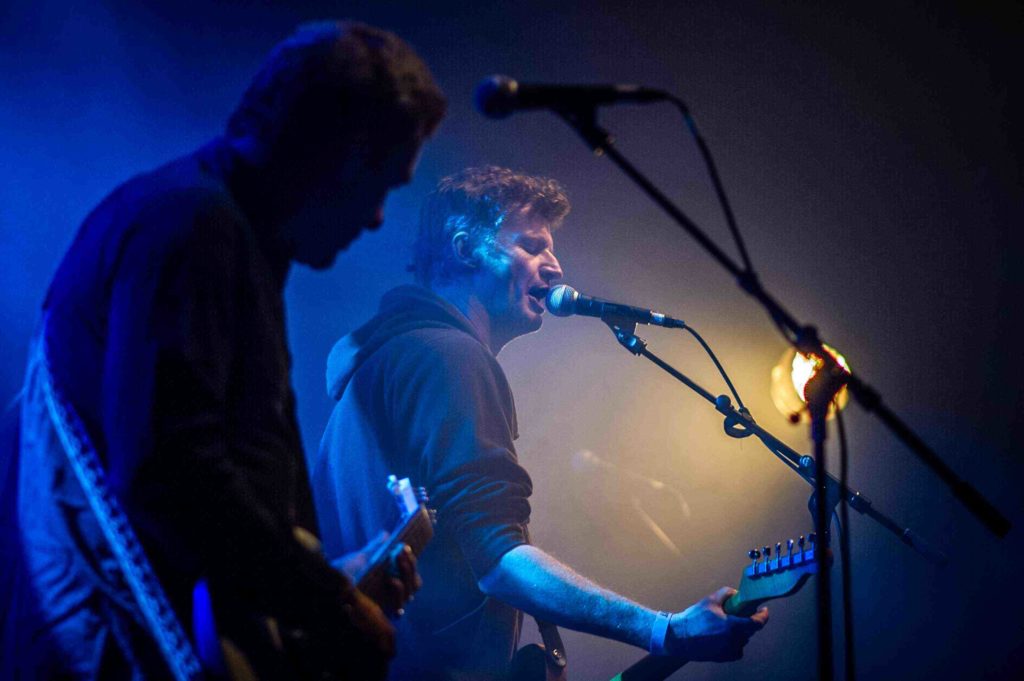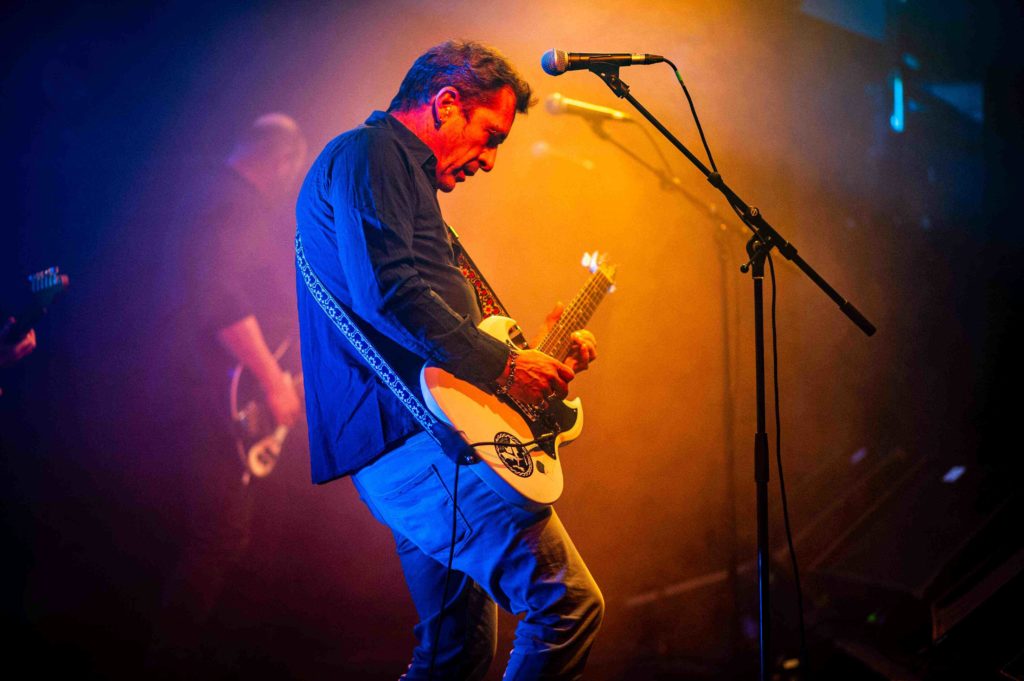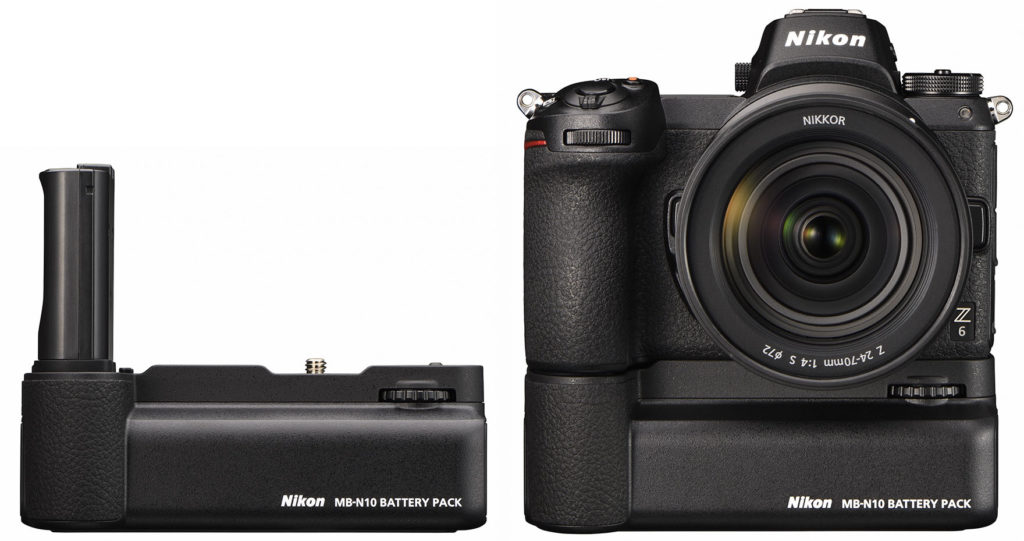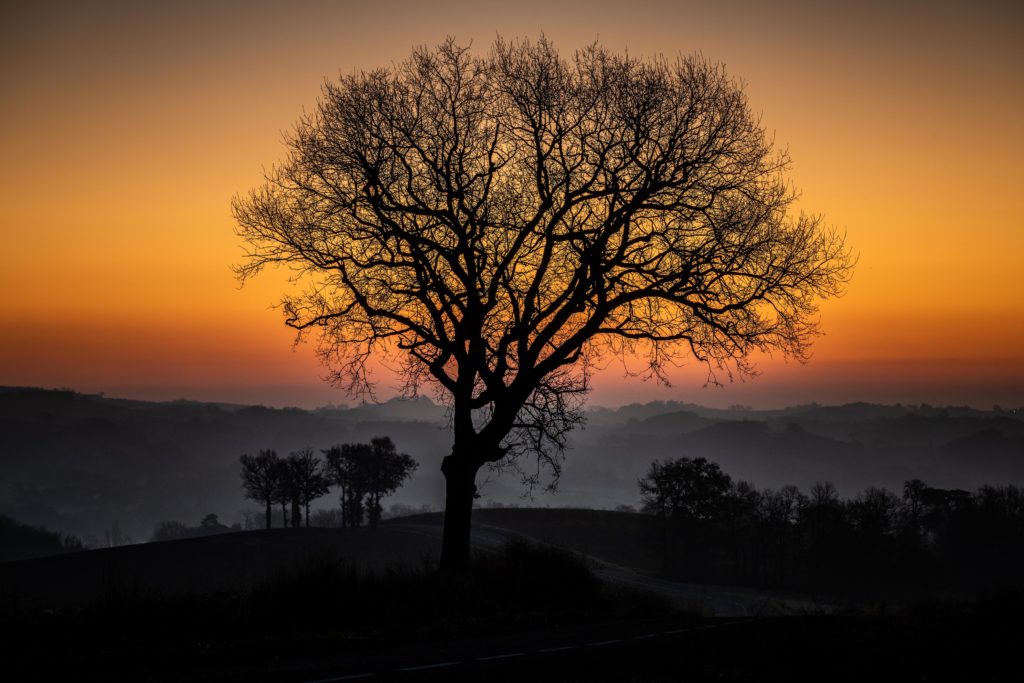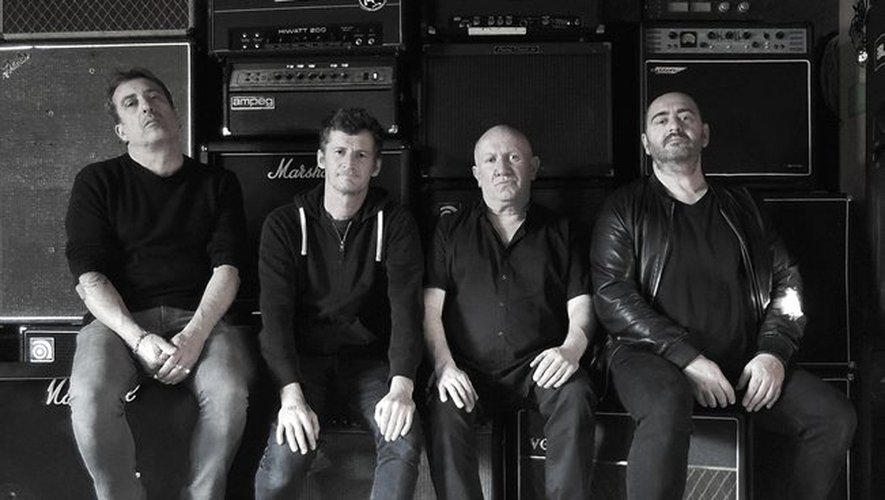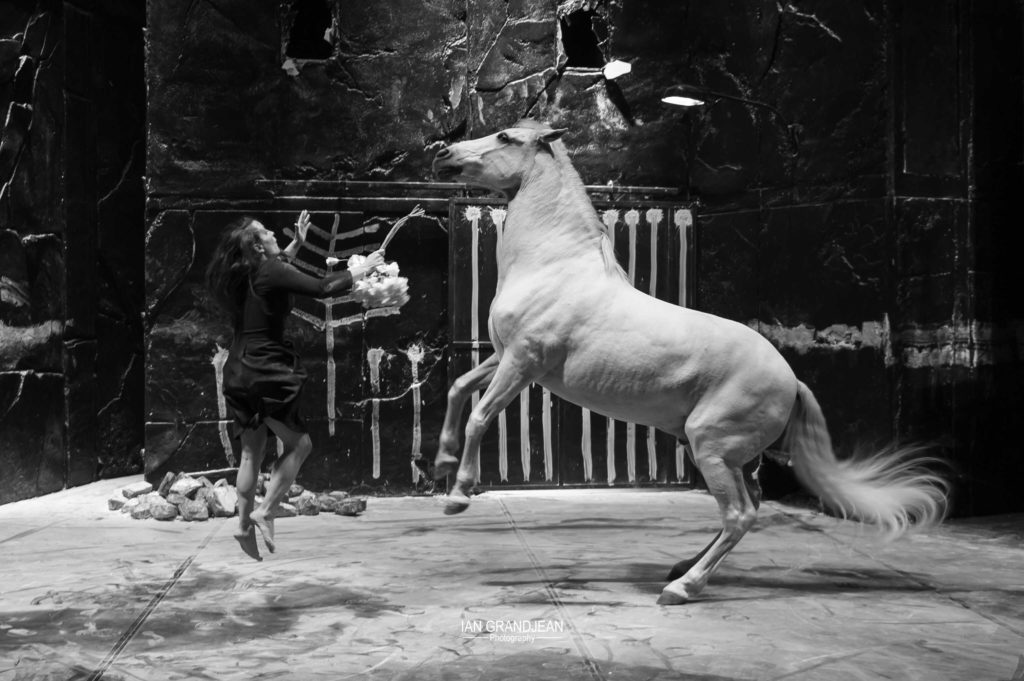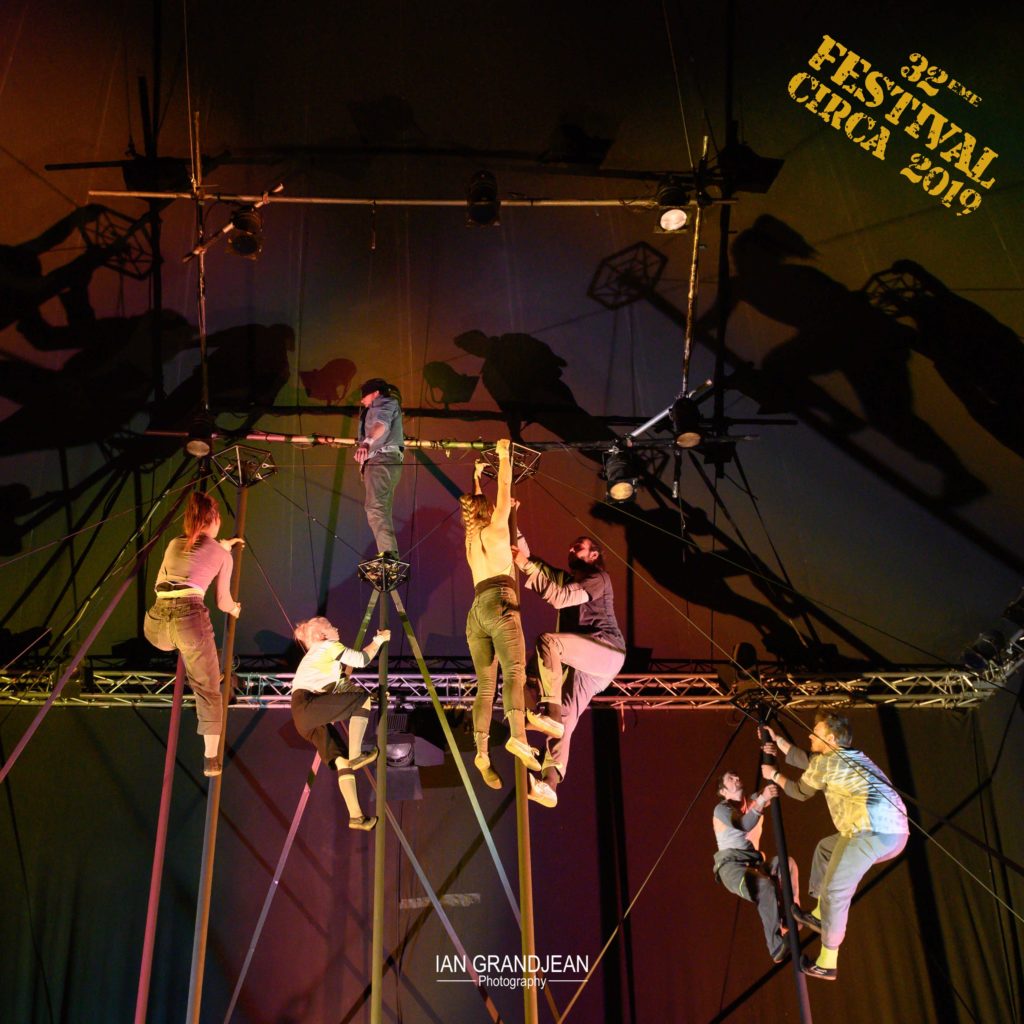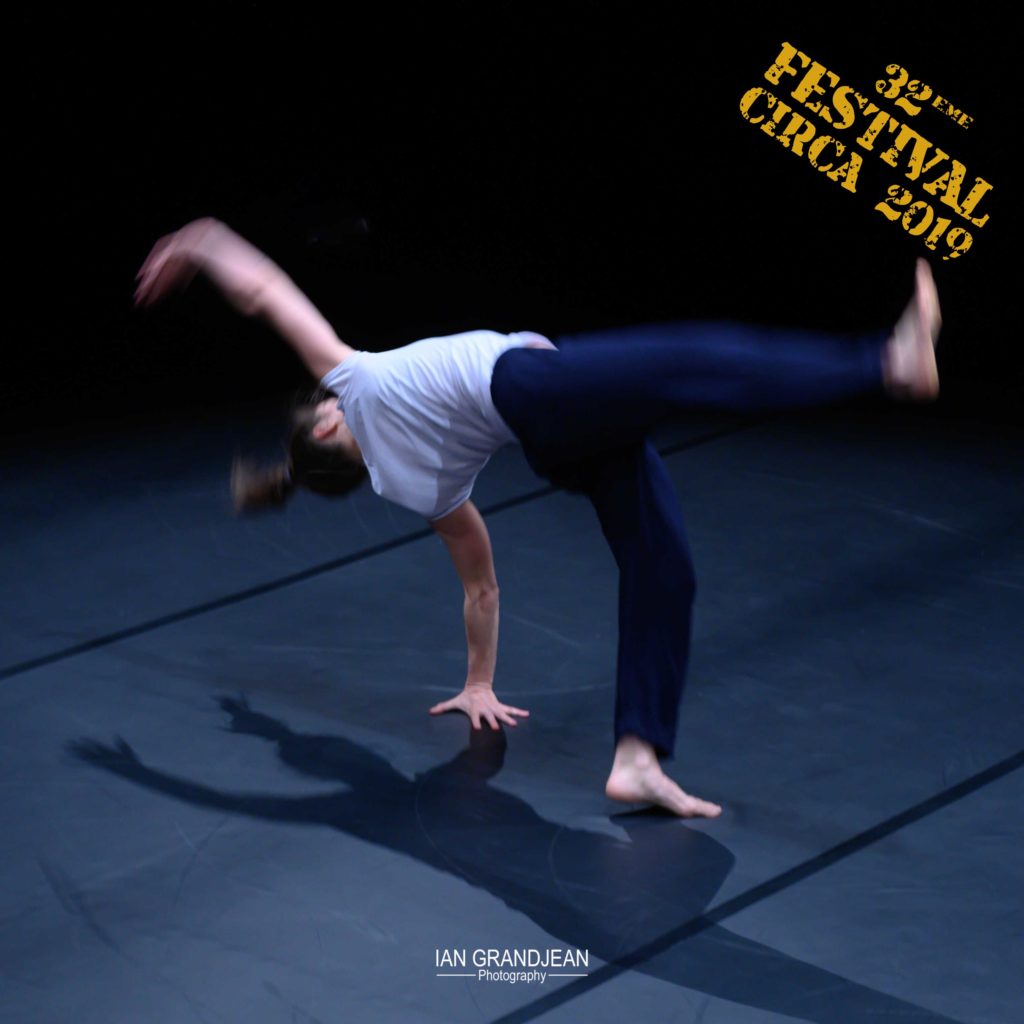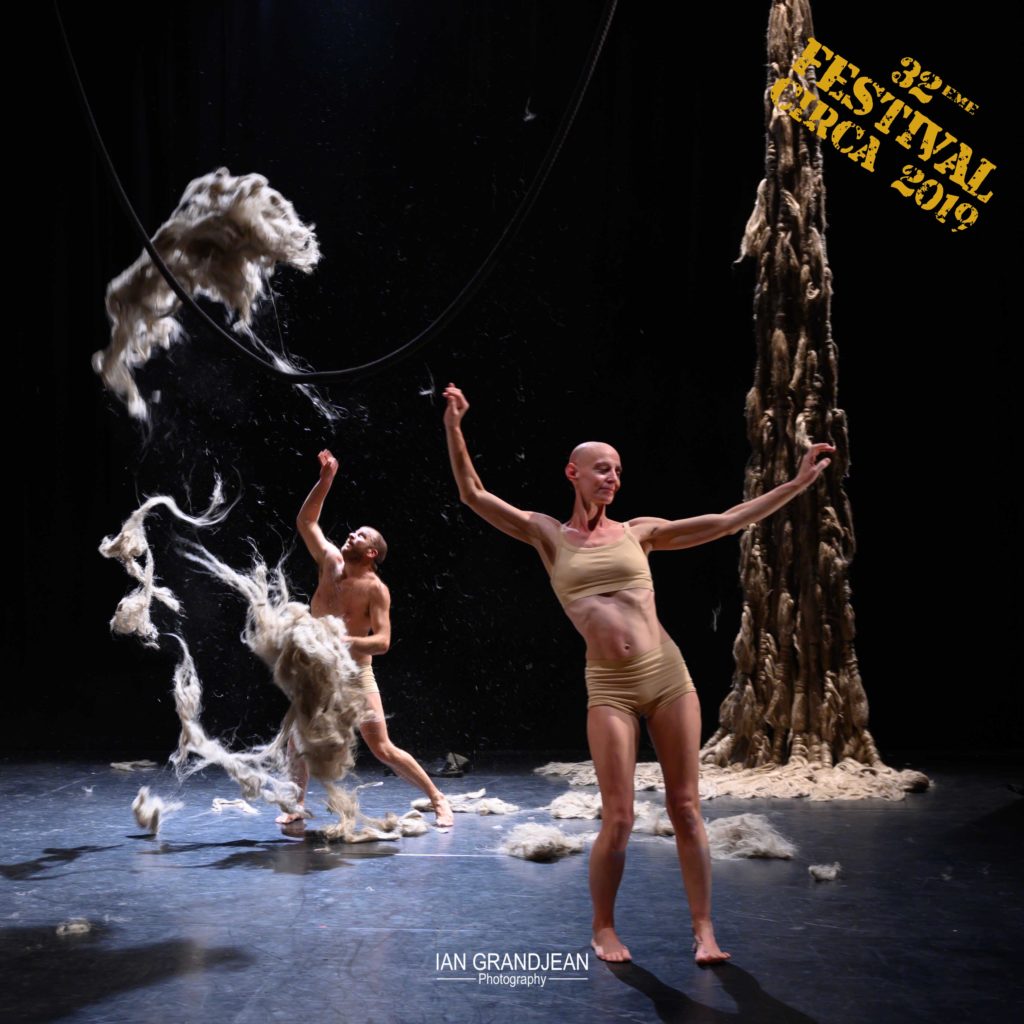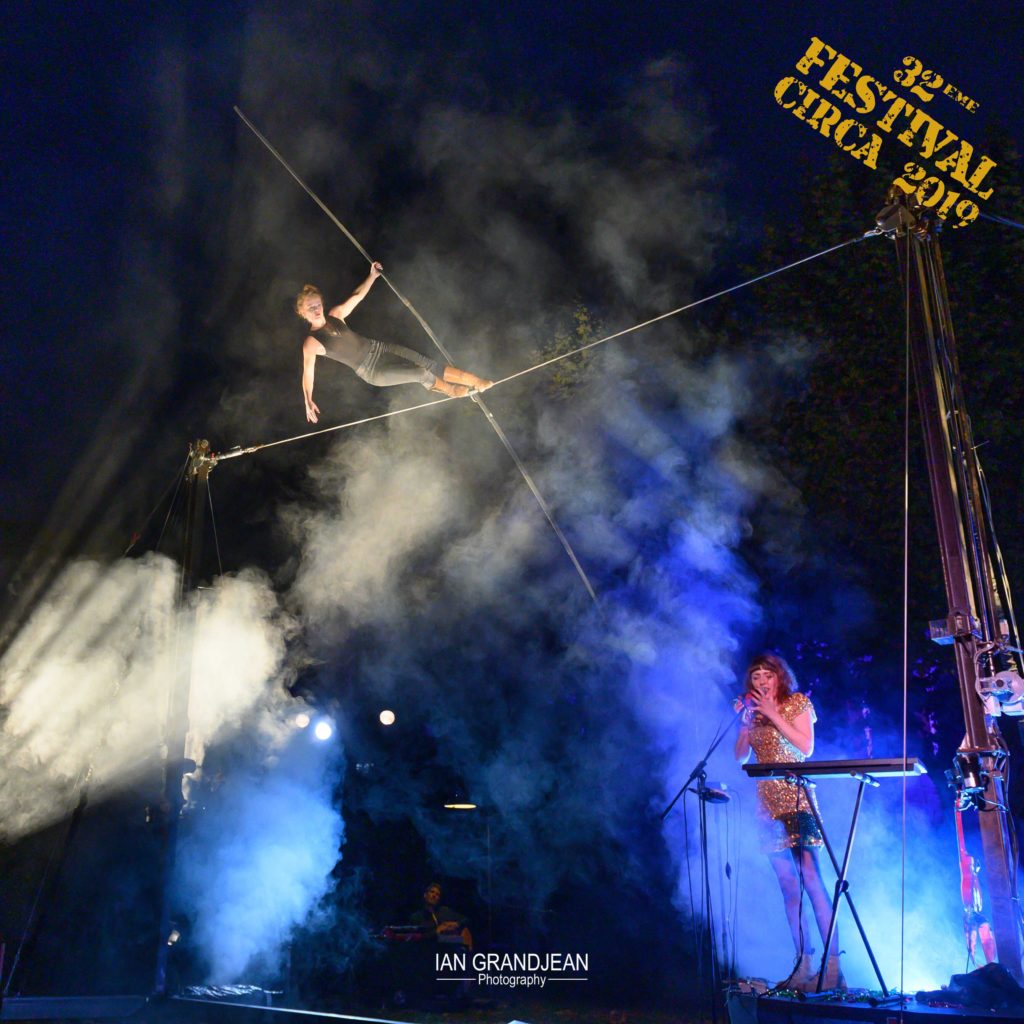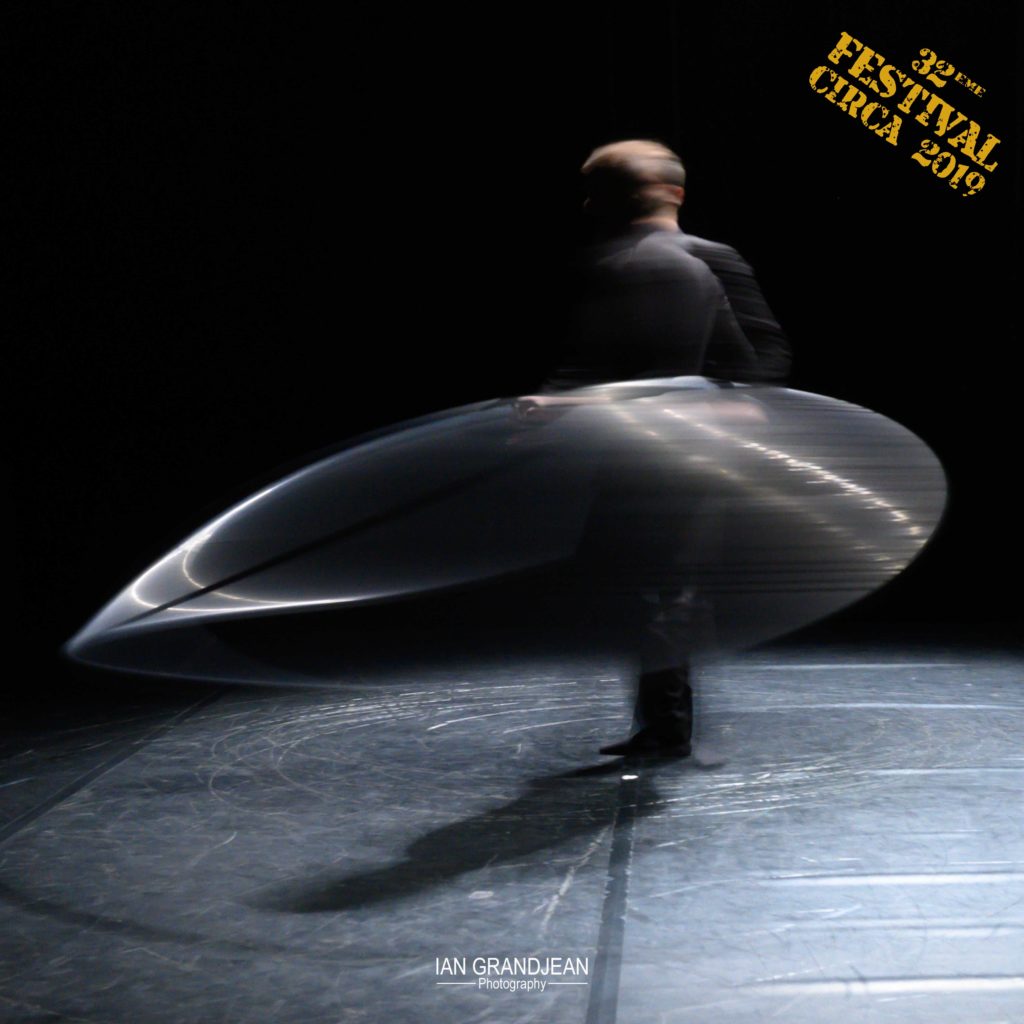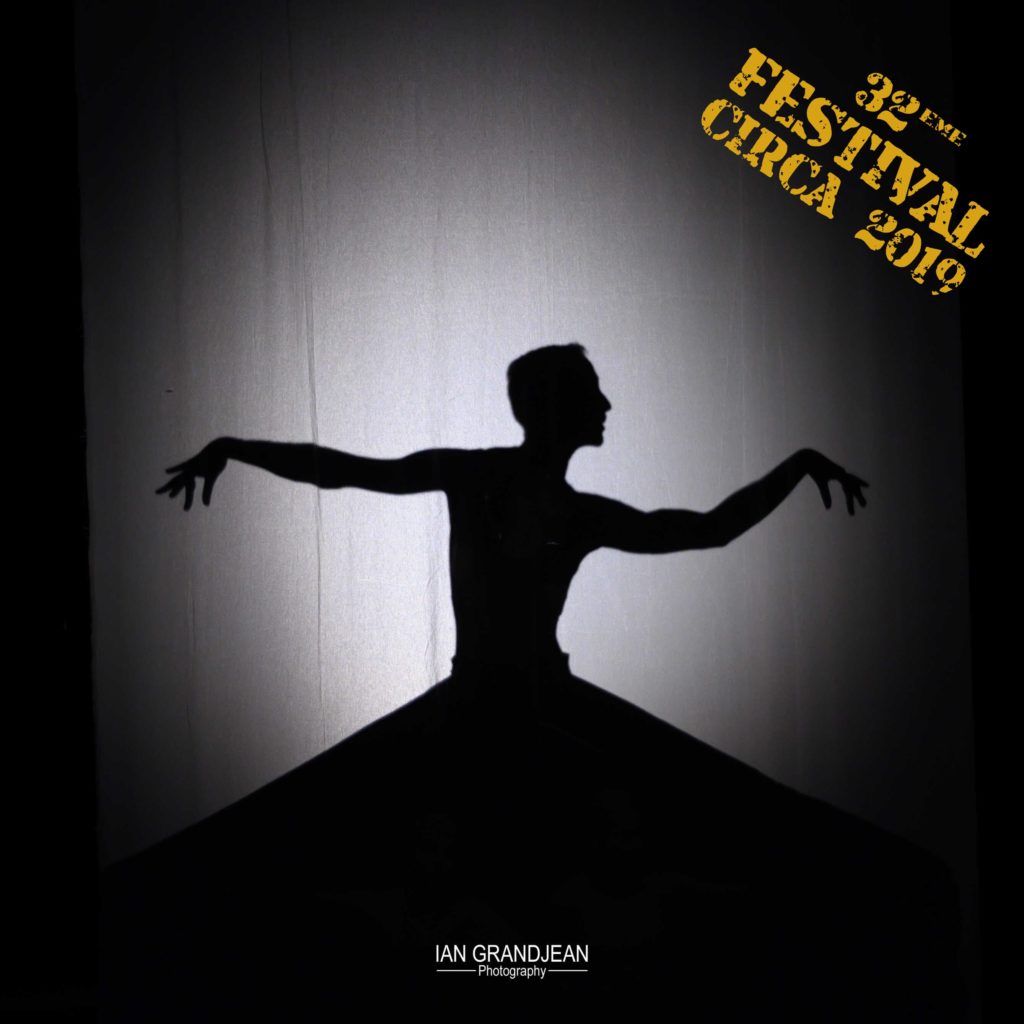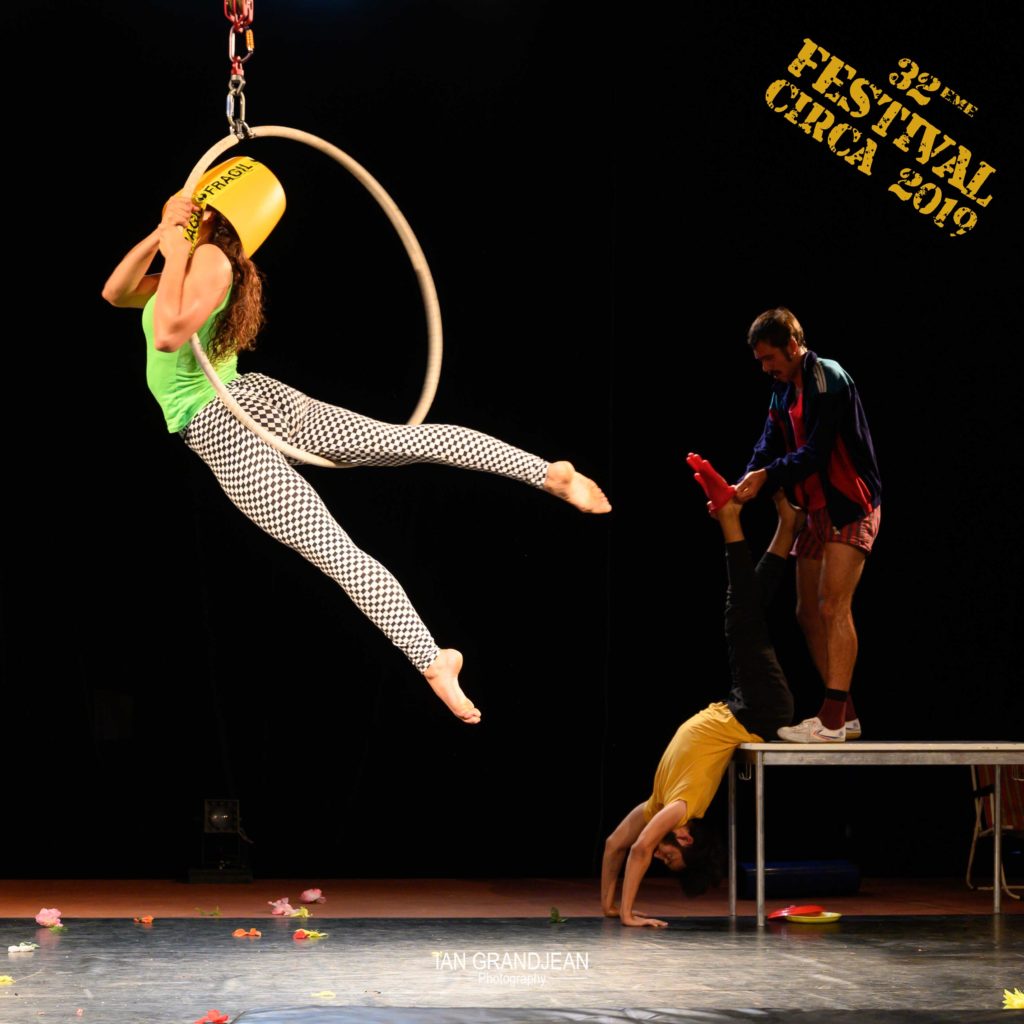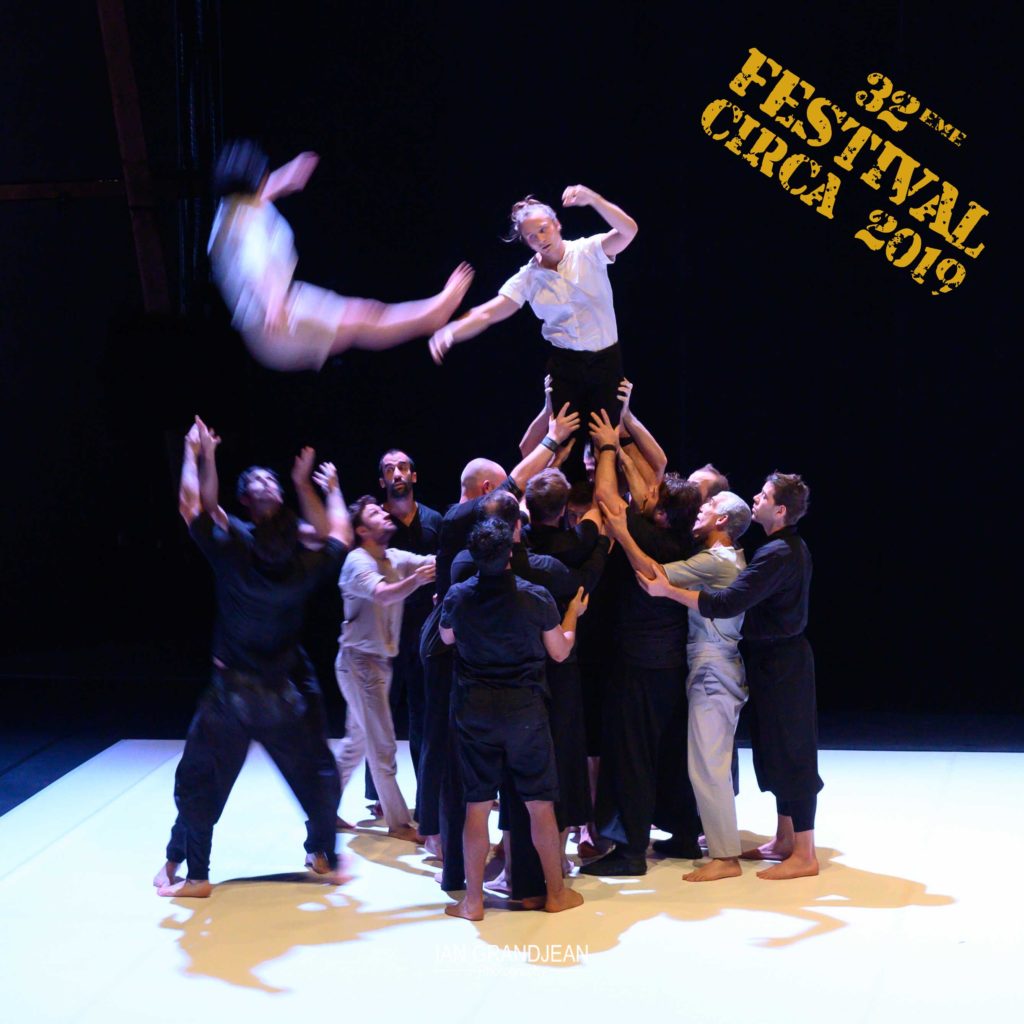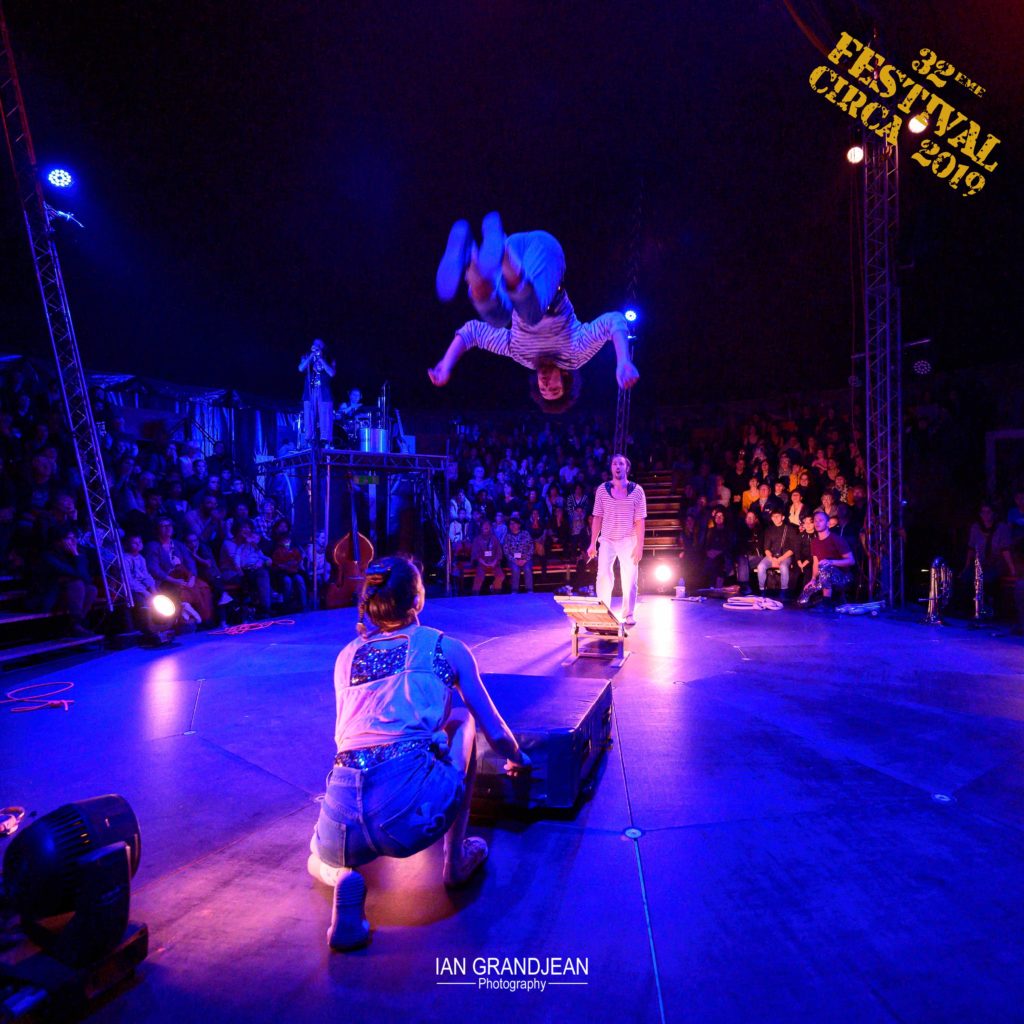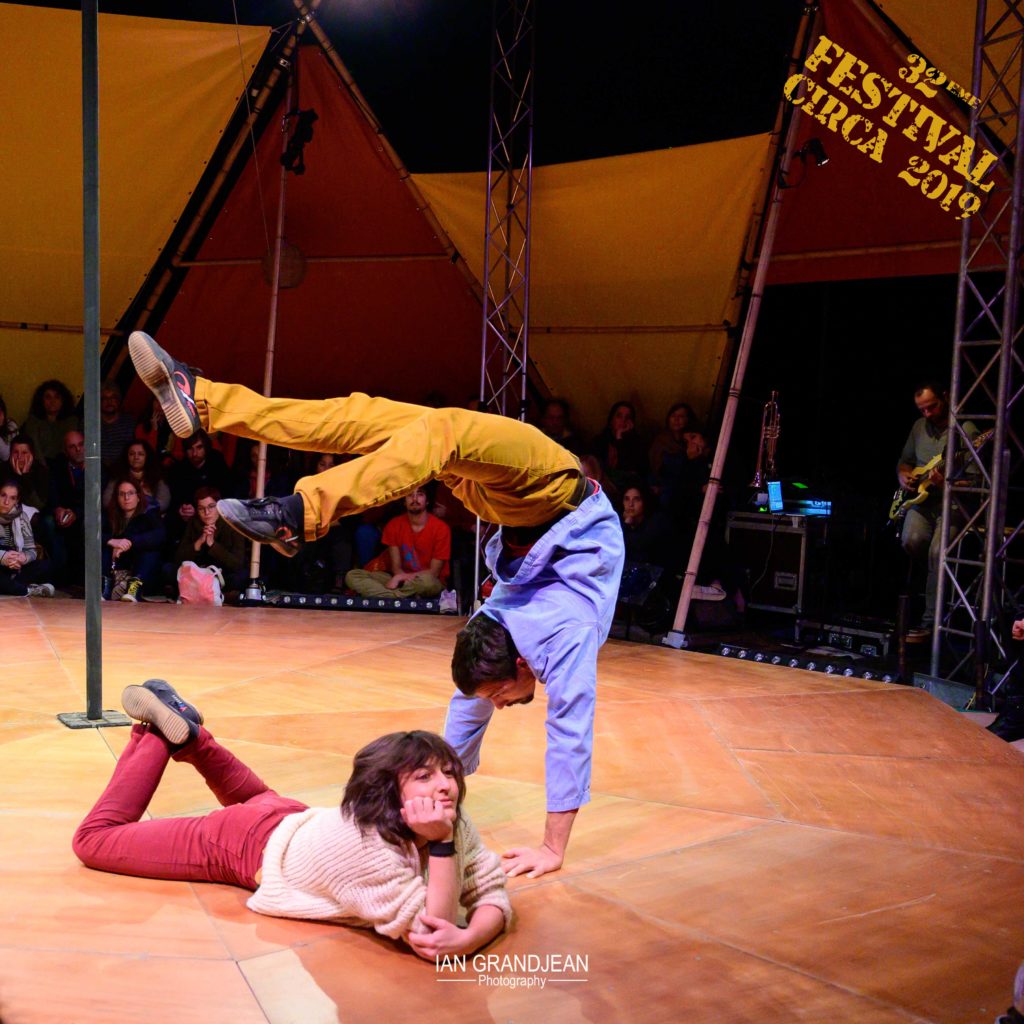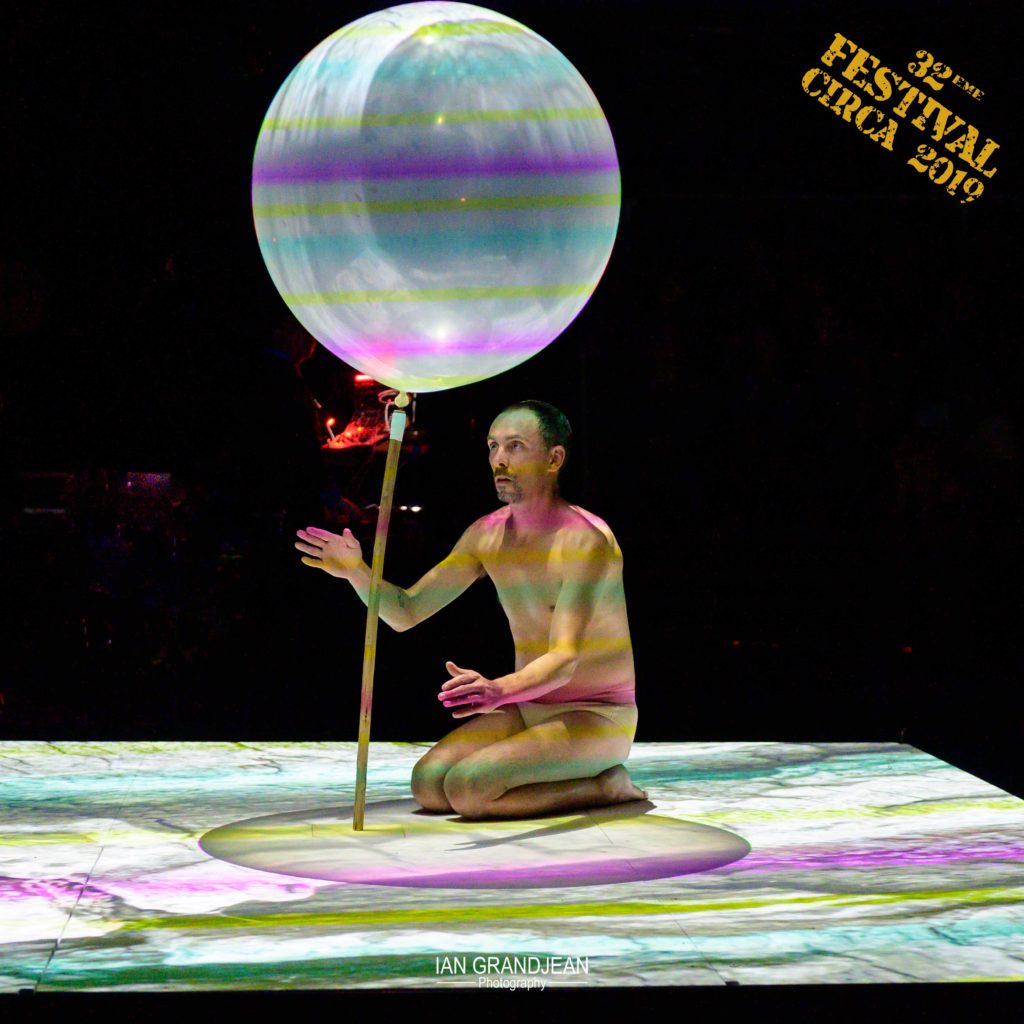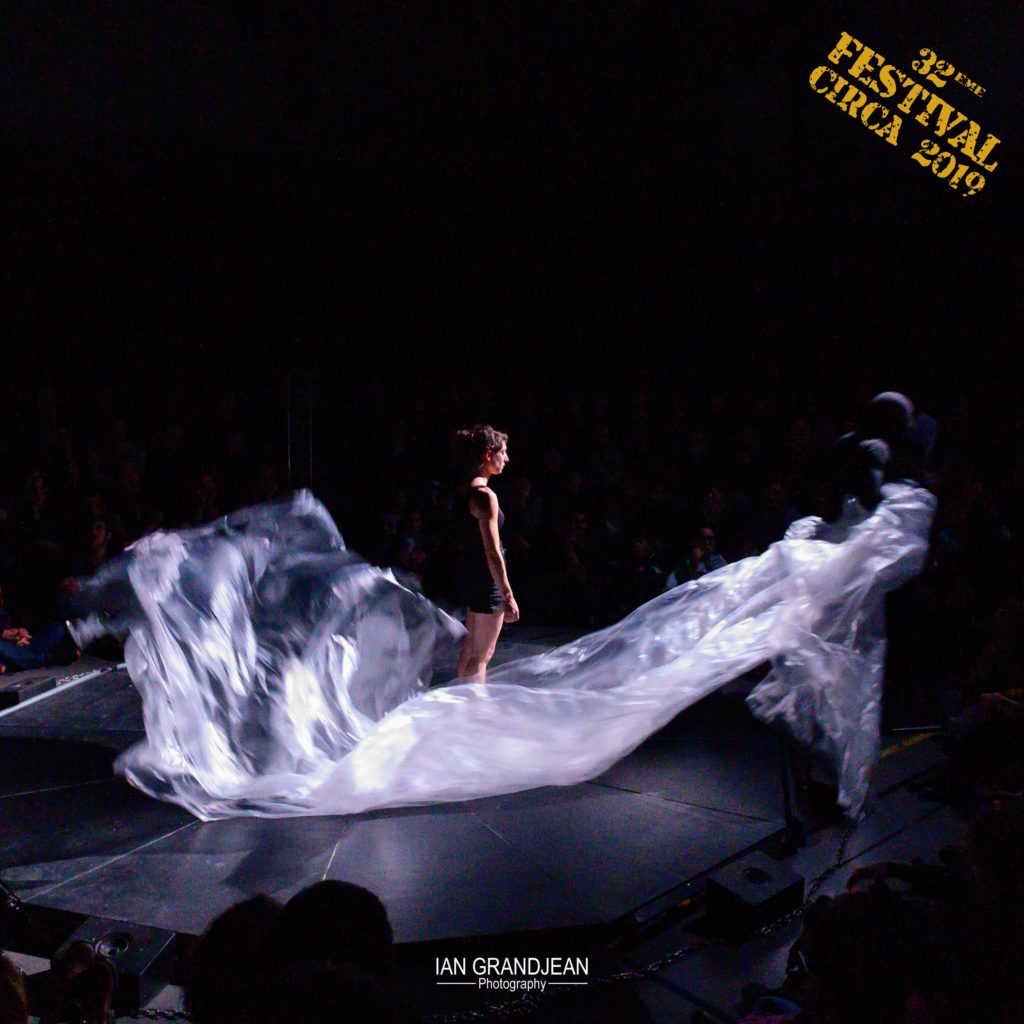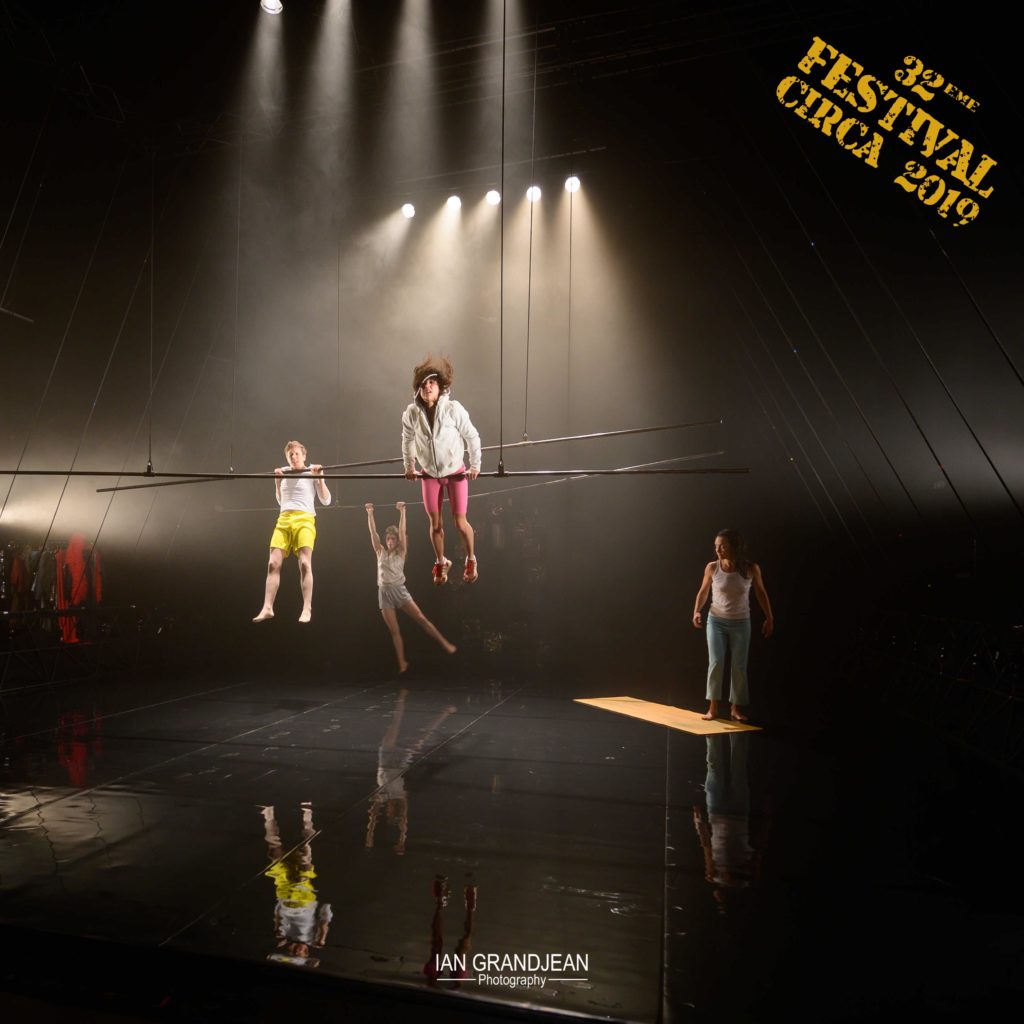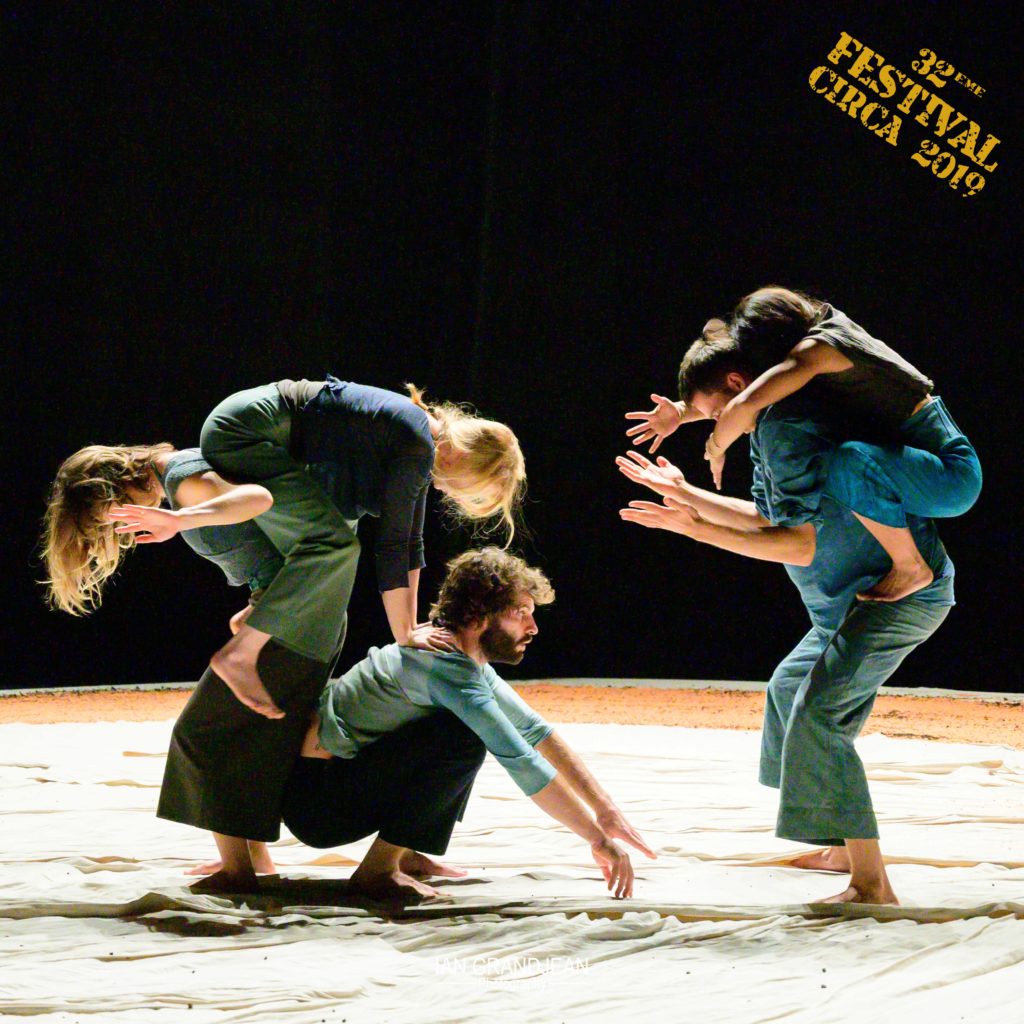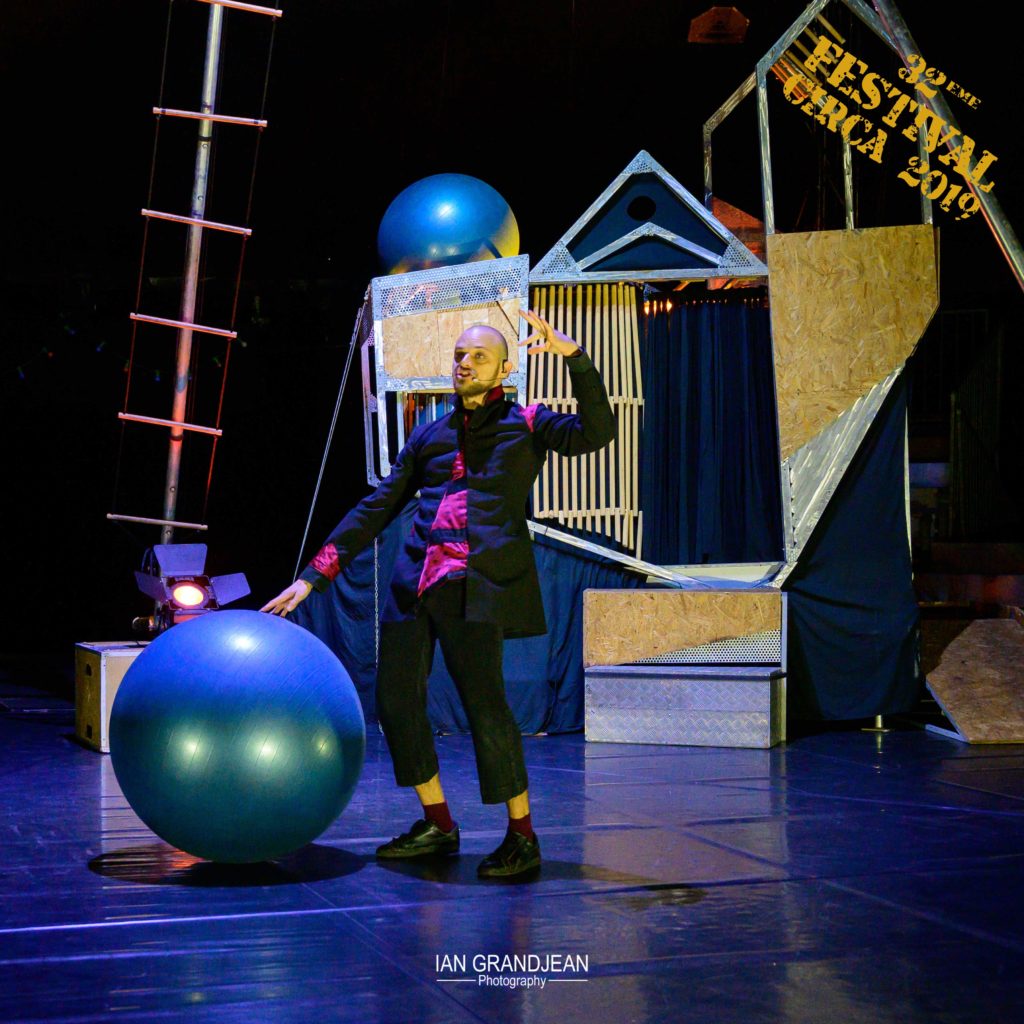This weekend I made a very radical decision – I don’t like selling stuff, but it’s a bit silly keeping perfectly useable camera gear in a box – it only loses it’s resale value in the event I do get around to selling it. The problem is that I have shifted over to the hybrid mirrorless system, which is much more adapted to the environments I generally work in.
So this one had to go..
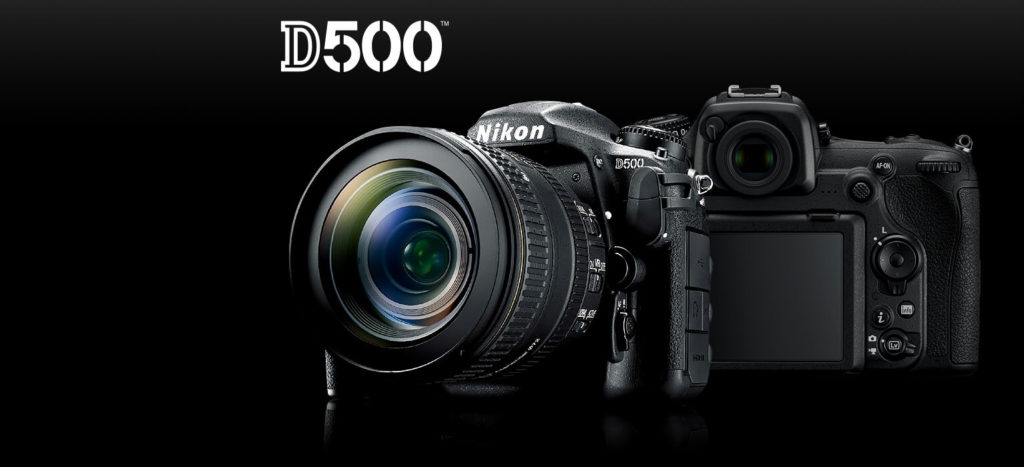
I initially bought the D500 for two reasons – the first was that it has a wonderful sensor, which works very well in VERY low light situations, and the second, that with a small ‘kit’ of three lenses, I could fit it all into a small Think Tank bag and cart it around very easily. It became my holiday camera – until the arrival of the Z6.
This camera is what Nikon call ‘DX‘ which means half frame or 23.5 x 15.7 mm which is half the ‘full frame’ 24 x 36mm (Nikon ‘FX‘ format) – the lens mount is the classic Nikon ‘F’ and any Nikon lens will fit – this model also has the ‘screw drive’ autofocus connection (as well as the electrical contacts for more recent lenses) so even the original auto focus Nikkor lenses will work.
I used three lenses with this camera body – the 10.5mm fisheye, the 10-24mm wide-angle zoom, and the 16-85mm mid-range zoom – they were all I really ever needed. Using my FX lenses was possible, and I remember using the 70-200 f/4 successfully with the camera – of course, the focal range became 140-400, but that was the point – I needed a long focal length which I didn’t have available in a DX mounting.
Anyway, this ‘kit’ will soon be in the hands of another photographer – I wish them well, it never failed me. I just hope the hybrid mirrorless bodies stand up as well to the working environment…
